While it may not be as popular a tourist destination as some other cities in Southeast Asia, I found Dili had some interesting options and is one of the most authentic places I visited last year. Dili is the capital city of Timor Leste a small island nation located in Southeast Asia on the island of Timor (which is divided between Timor Leste and Indonesia). I have wanted to visit since Timor Leste’s Independence. Transport options to this island nation have been few and pricey. It does take a lot of work to organise travel there and travel around.
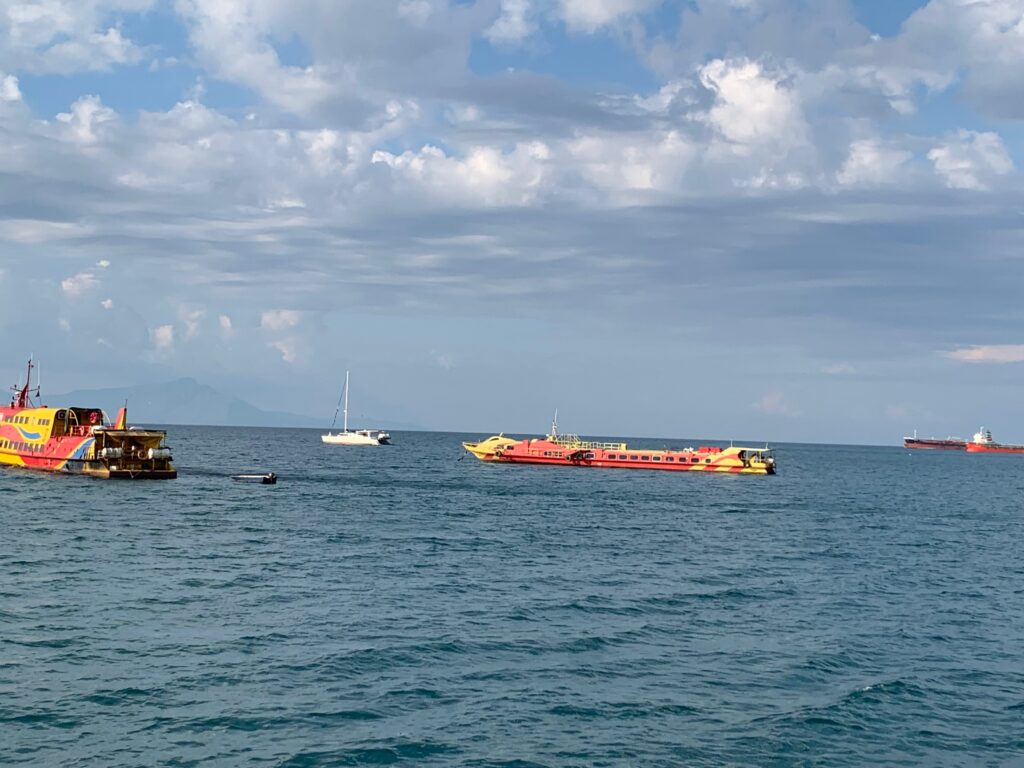
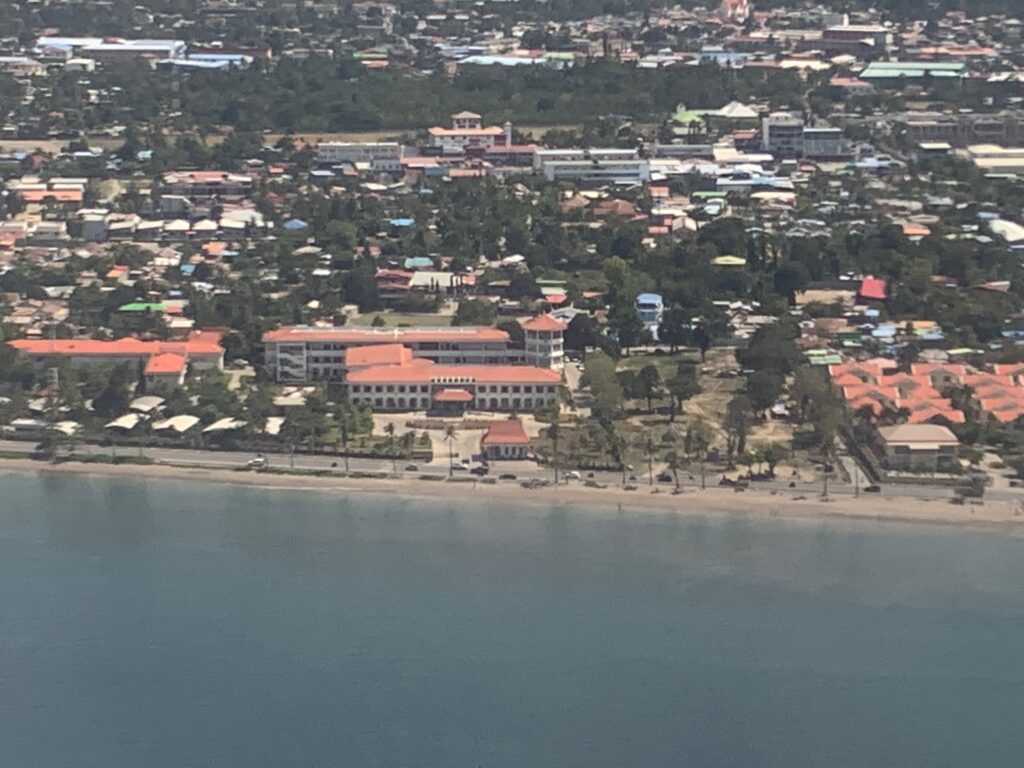
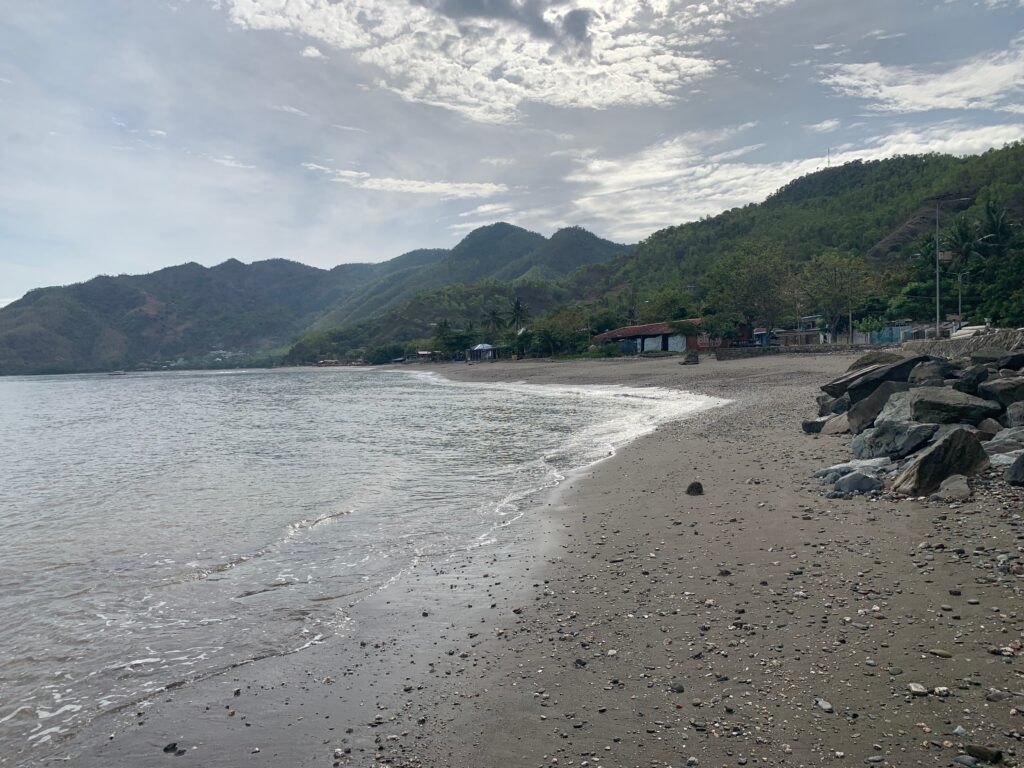
The city is located on the northern coast of the island of Timor, on a bay that opens into the Timor Sea. Geographically, Dili is situated on a narrow strip of land between the ocean and the mountains with the highest peak being Mount Ramelau, located south of the city. Across Wetar Strait from Dili, is rustic rugged Ataúro Island, connected to the capital by boat depending on weather and passenger numbers.
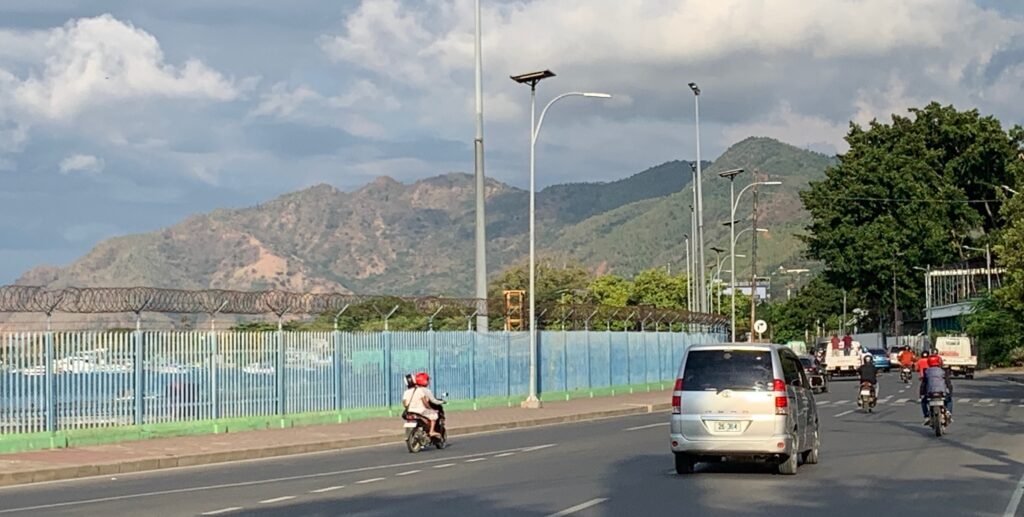
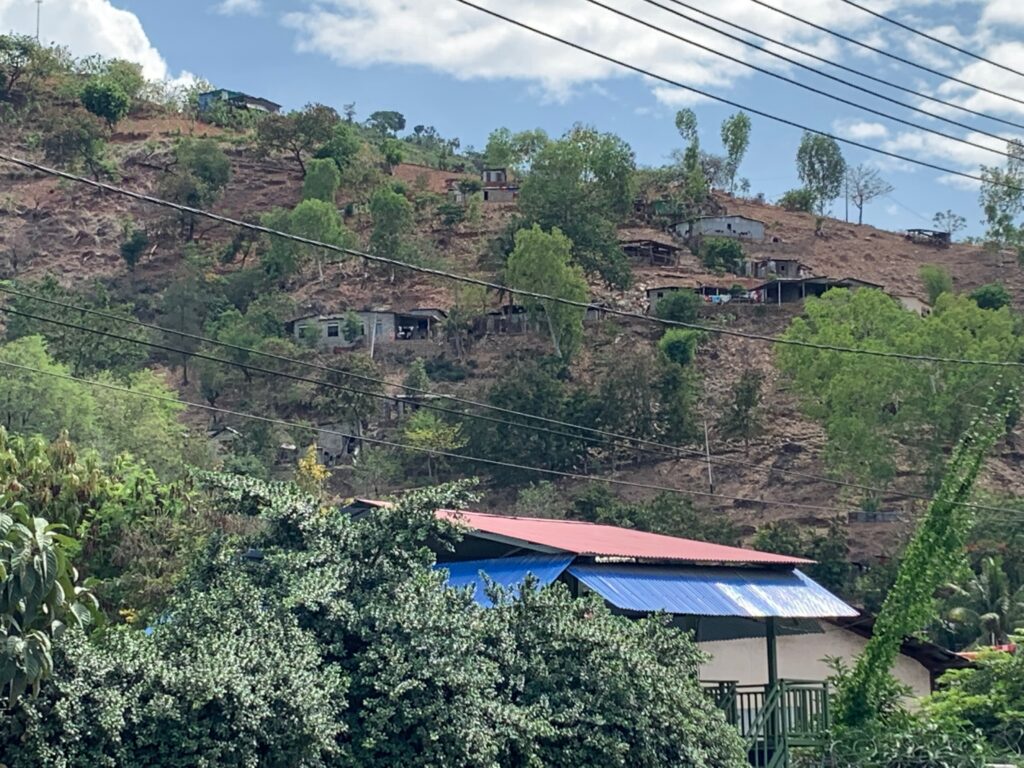
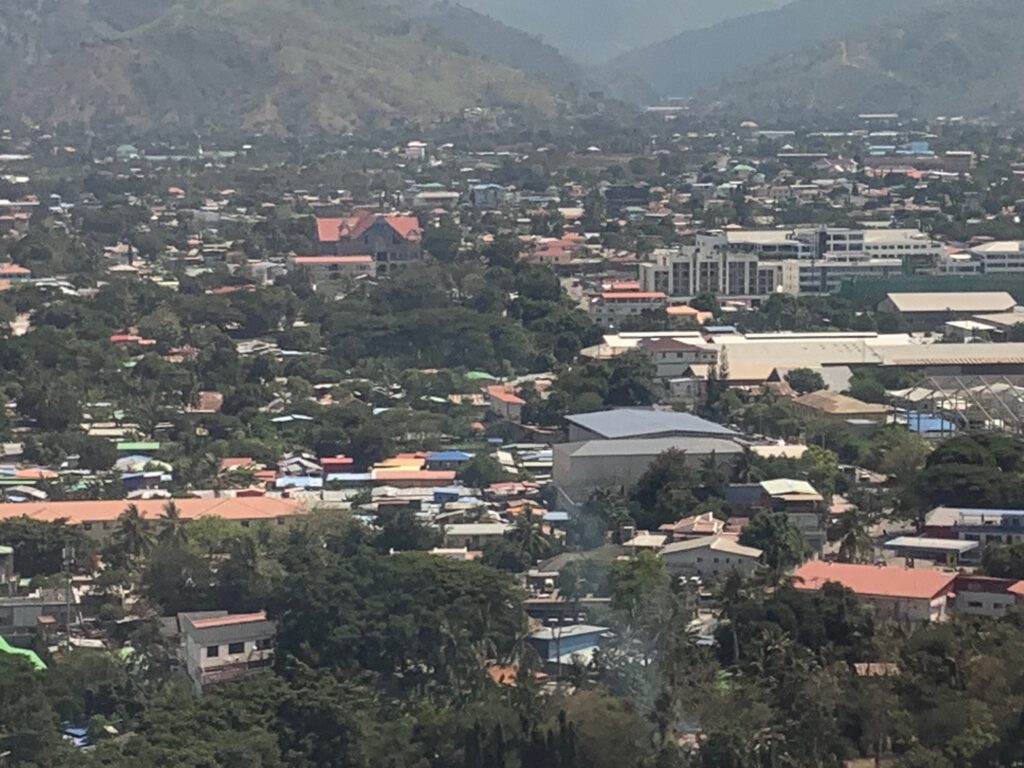
The area around Dili has been inhabited for thousands of years, and the city itself has a long and complex history. The Portuguese were the first Europeans to arrive in the area, establishing a trading post in the mid-16th century. In the late 19th century, Portugal declared Timor a colony, and Dili became its administrative centre. During World War II, the Japanese occupied Timor, and Dili was heavily damaged in the fighting that followed.
After the war, Portugal resumed control of East Timor. After the 1975 Independence, Indonesia invaded and annexed East Timor. During this occupation, Dili was the site of many human rights abuses and violent conflicts.
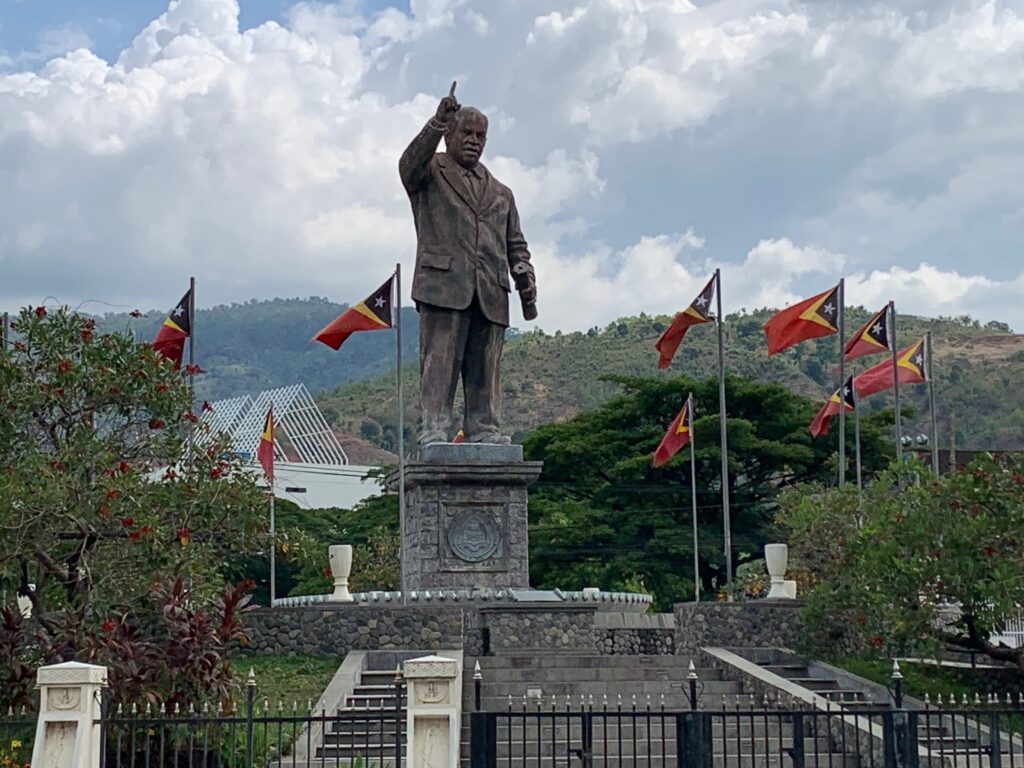
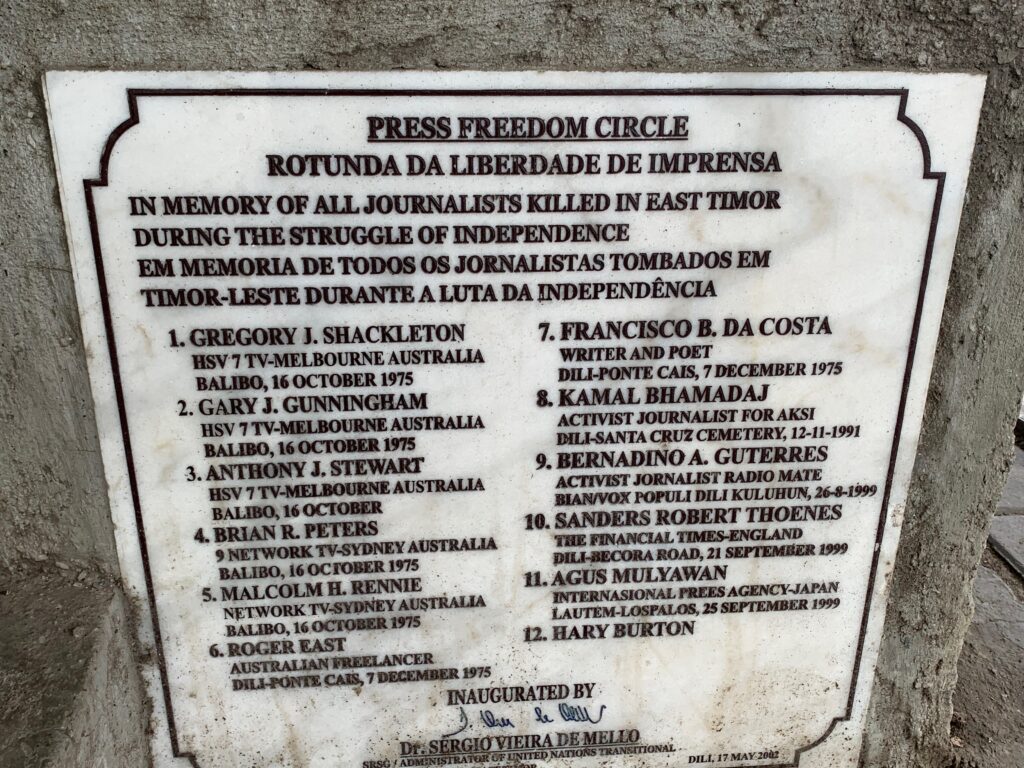
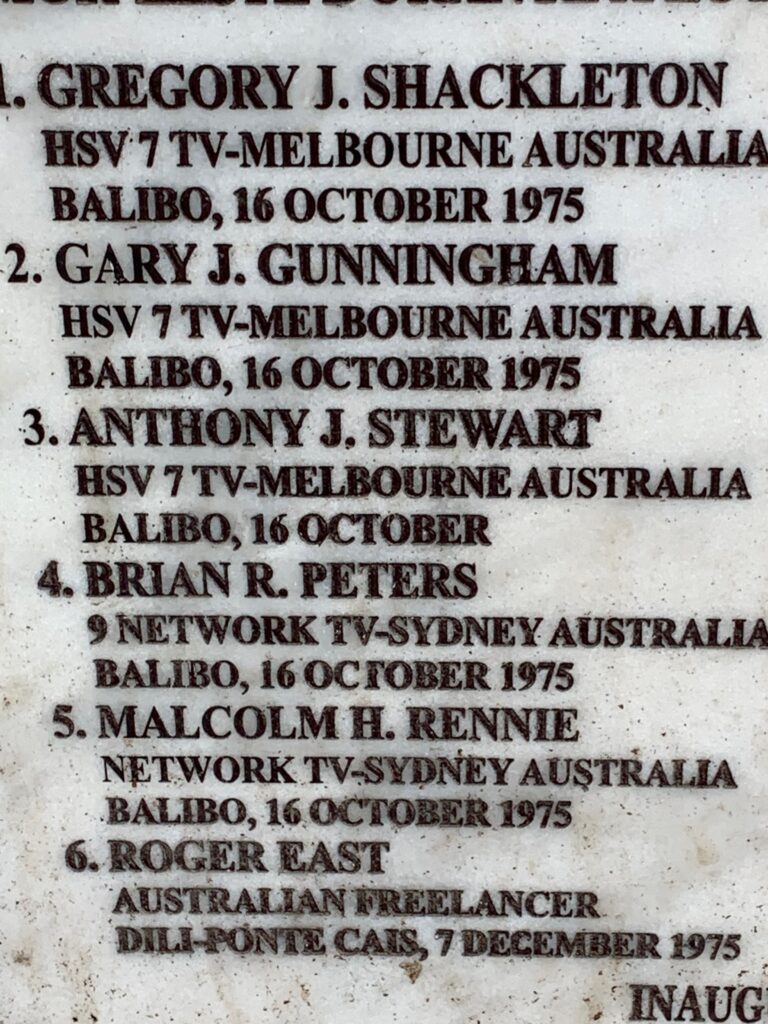
This road in Dili commemorates the Balibo five and other journalists murdered in Timor-Leste. For Aussies, Balibo is probably the most well-known place in East Timor. In #1975, five Australia-based journalists were killed in that small mountain village in a house – dubbed #FlagHouse for the Australian flag painted on the exterior wall hoping it would deter #Indnesian troops from attacking the building. Roger East, another journalist, travelled to Balibo soon after to investigate the likely deaths of the Five. He was captured and executed by members of the Indonesian military on the Dili docks. Anthony LaPaglia played East in the 2009 Australian film Balibo, which tells the story of the Balibo Five. Sadly the UN head of UNTAET Sergio Veira De Mello, who inaugurated this memorial, was blown up in the Canal Hotel bombing in Baghdad in 2003. Life is sobering, sometimes.
In 1999, after years of resistance and international pressure, East Timor finally gained independence. is Dili once again became the capital of a sovereign nation.
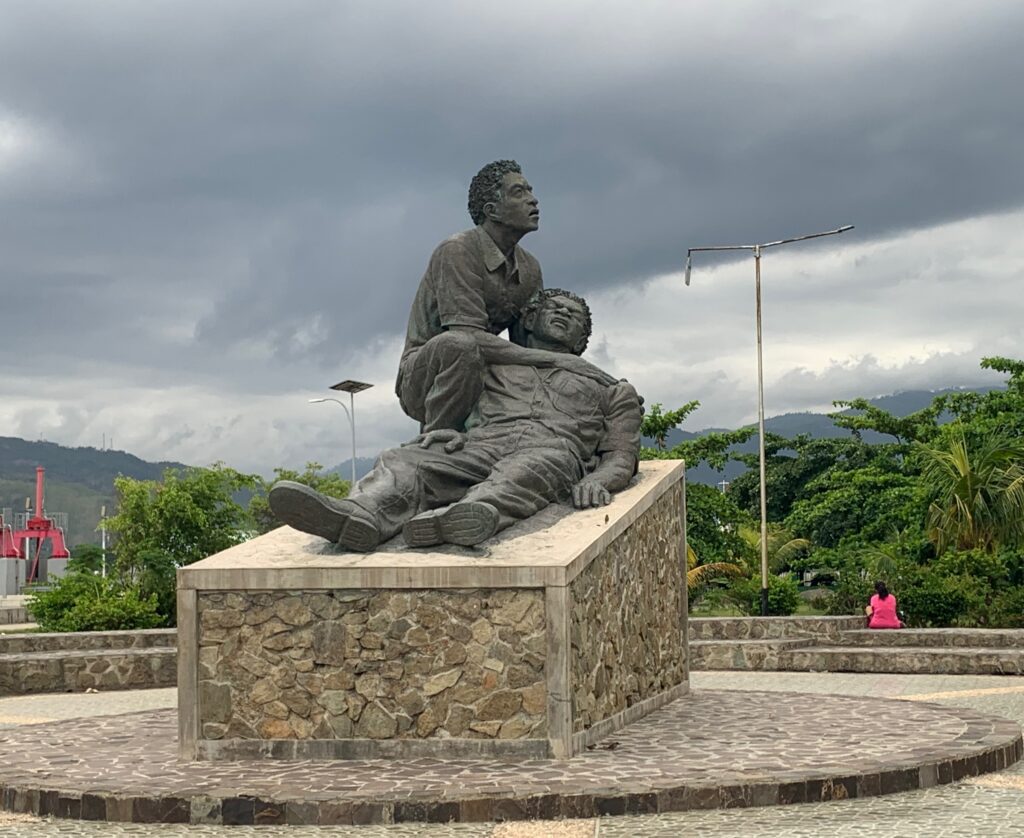
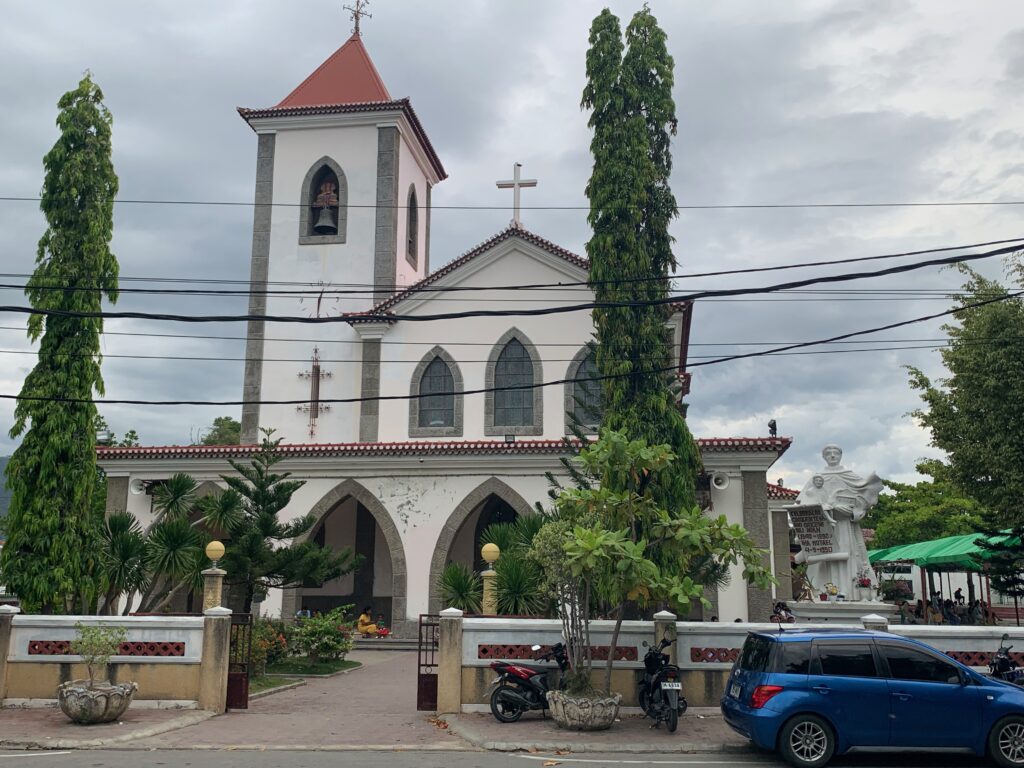
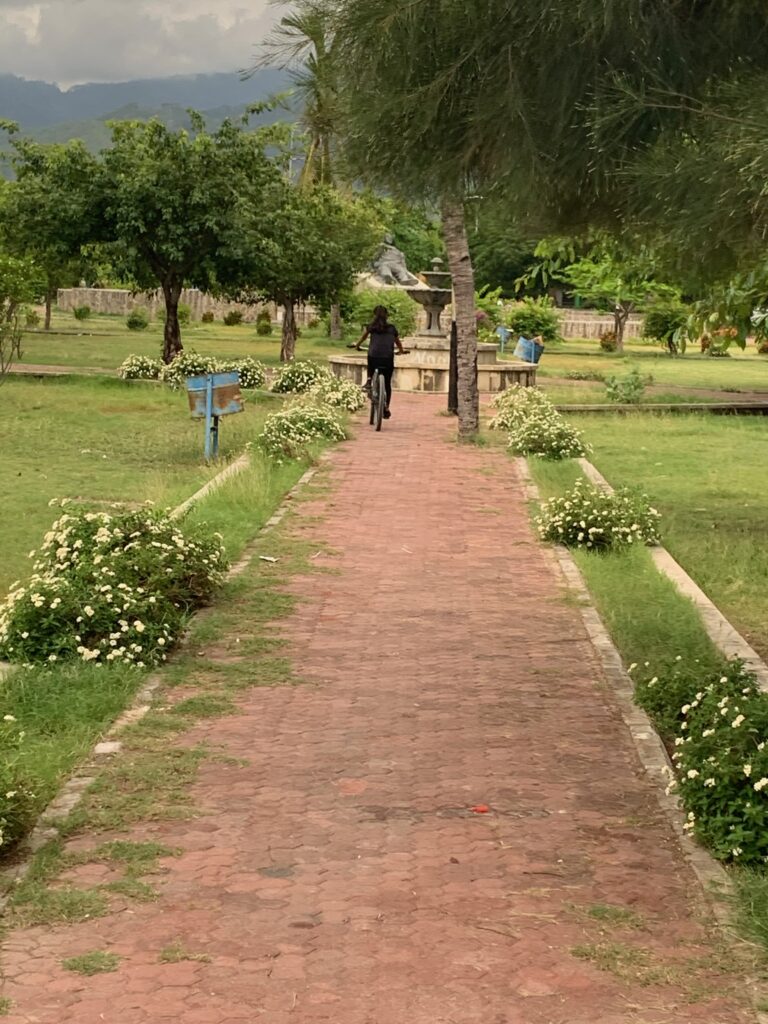
The city is located in a tropical climate zone, with hot and humid weather throughout the year. The landscape is dominated by rugged mountains and lush green forests, and the coastline is dotted with coral reefs and pristine beaches.
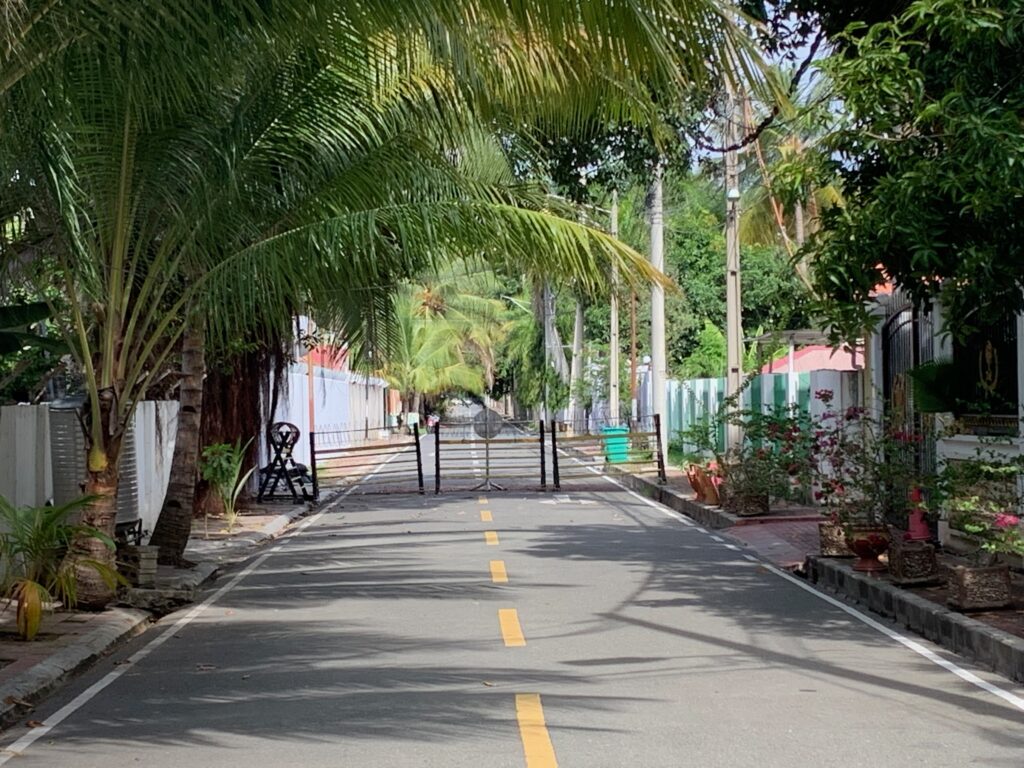
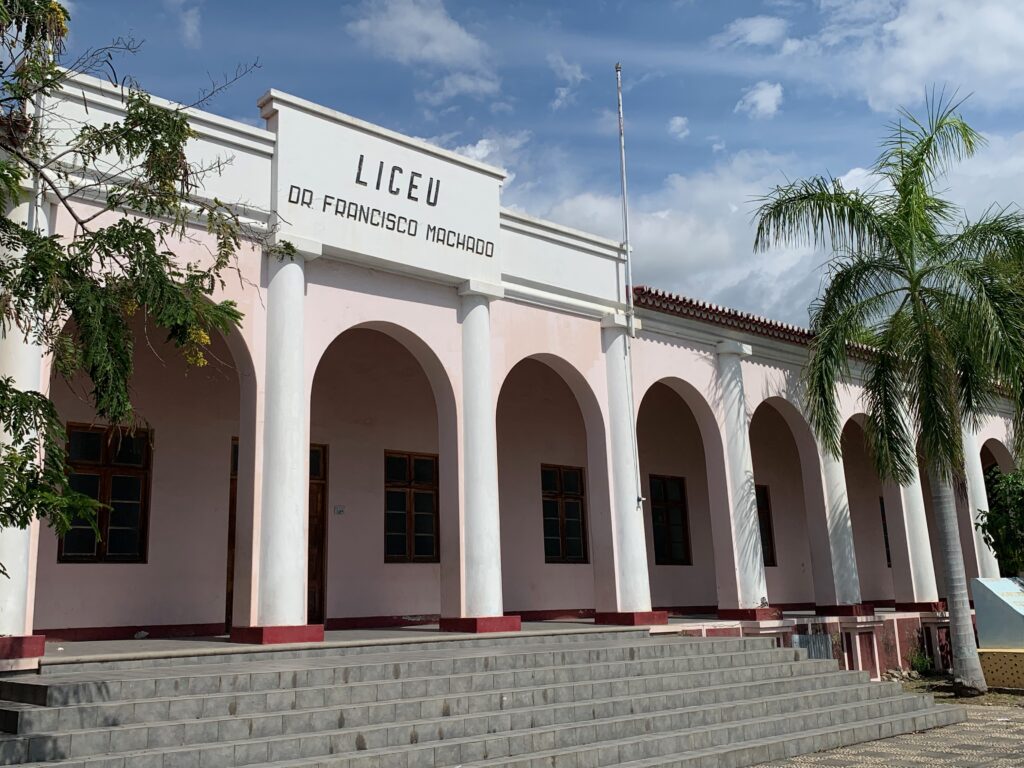
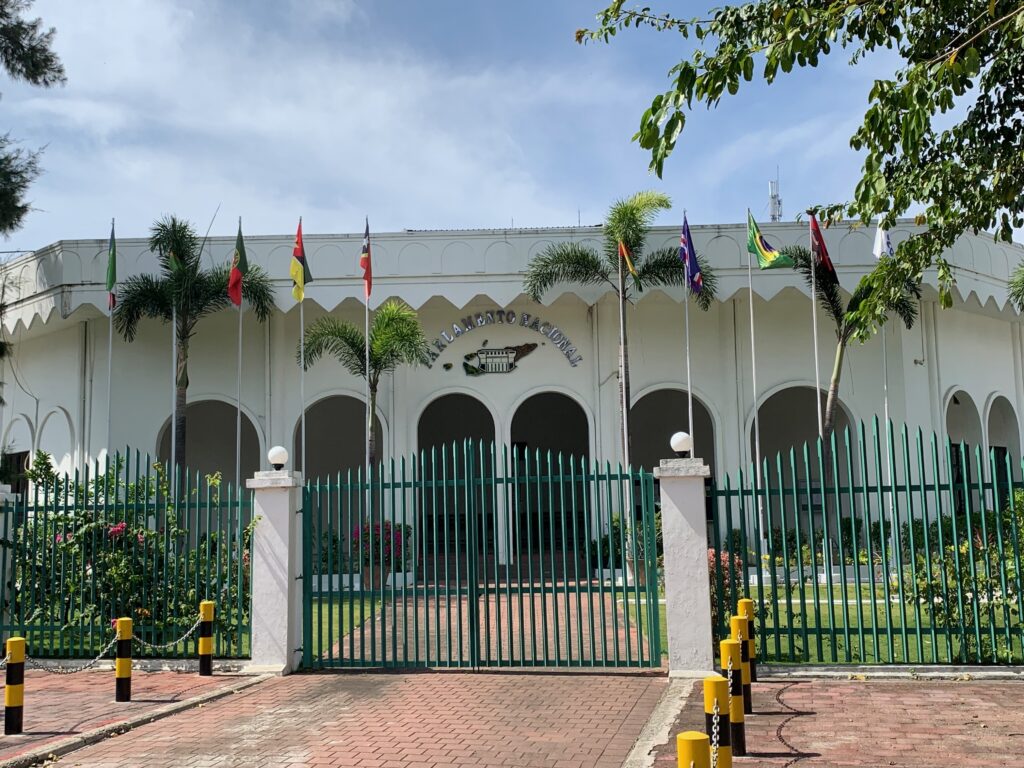
Dili has a deep-water port, which is an important hub for trade and commerce in the region. The port, however, is way overdue for an upgrade. The country’s international airport is also found to the west of downtown.
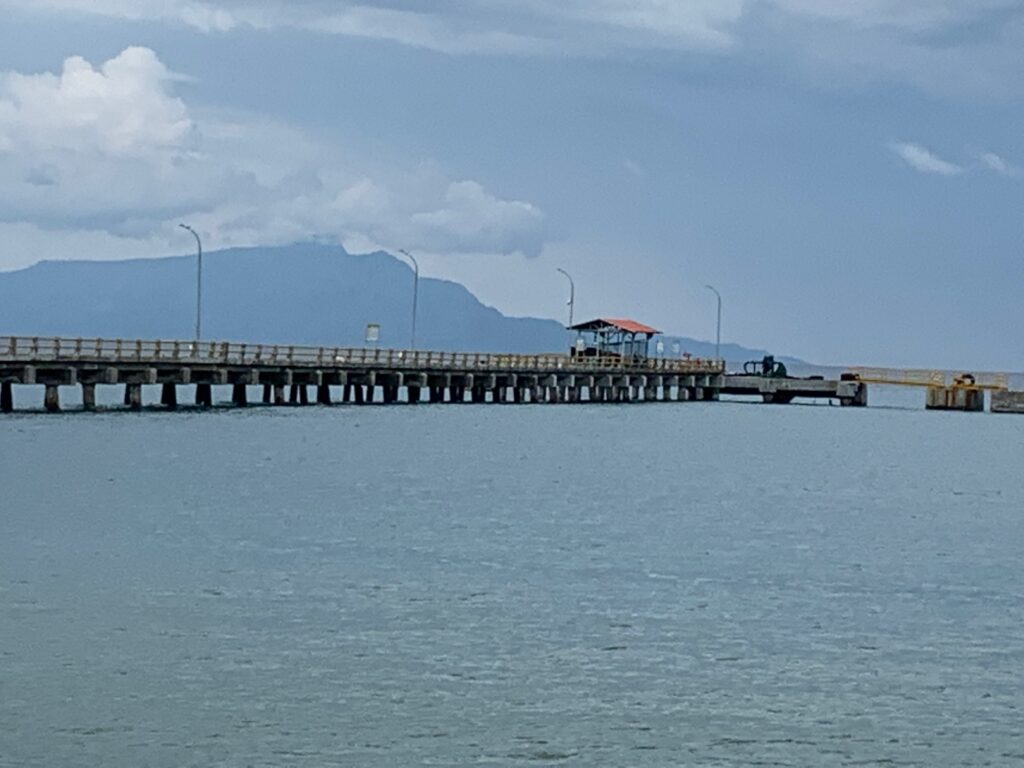
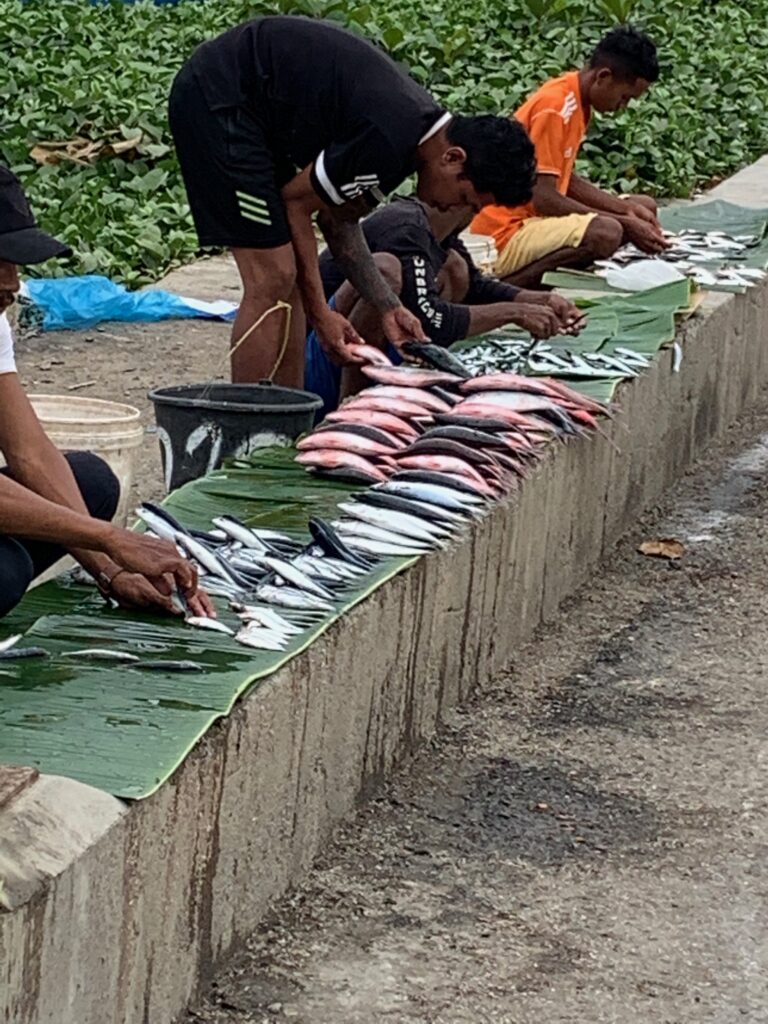
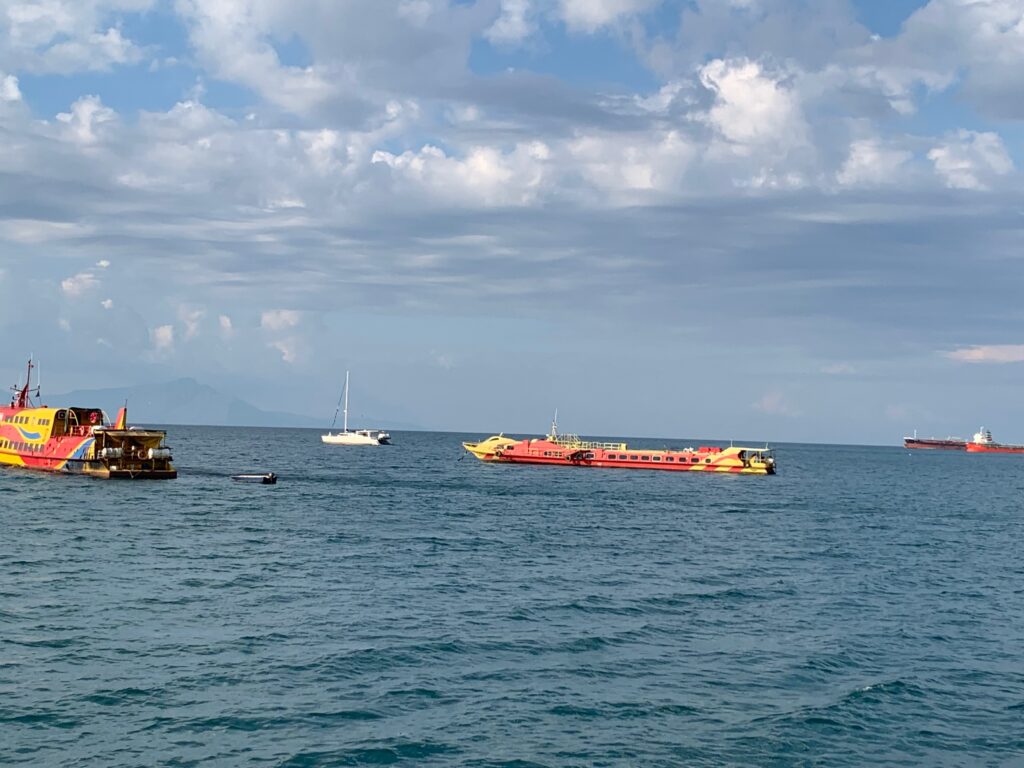
Getting around Dili includes beat-up taxis and iconic microlets. For 25 US cents a microlet will take you on 12 routes across Dili. Each route is colour coded e.g. route 1 is red, 2 is dark green, 3 is light green, 4 blue, 5 pink. The Microlets are individually and lavishly decorated and comes usually with blaring music from romantic 80s ballads to country to modern dance. The drivers all seemed to be aged 16! There are designated stops, but you hail a microlet anywhere on its route and hop off anywhere. Just ask your driver to stop.
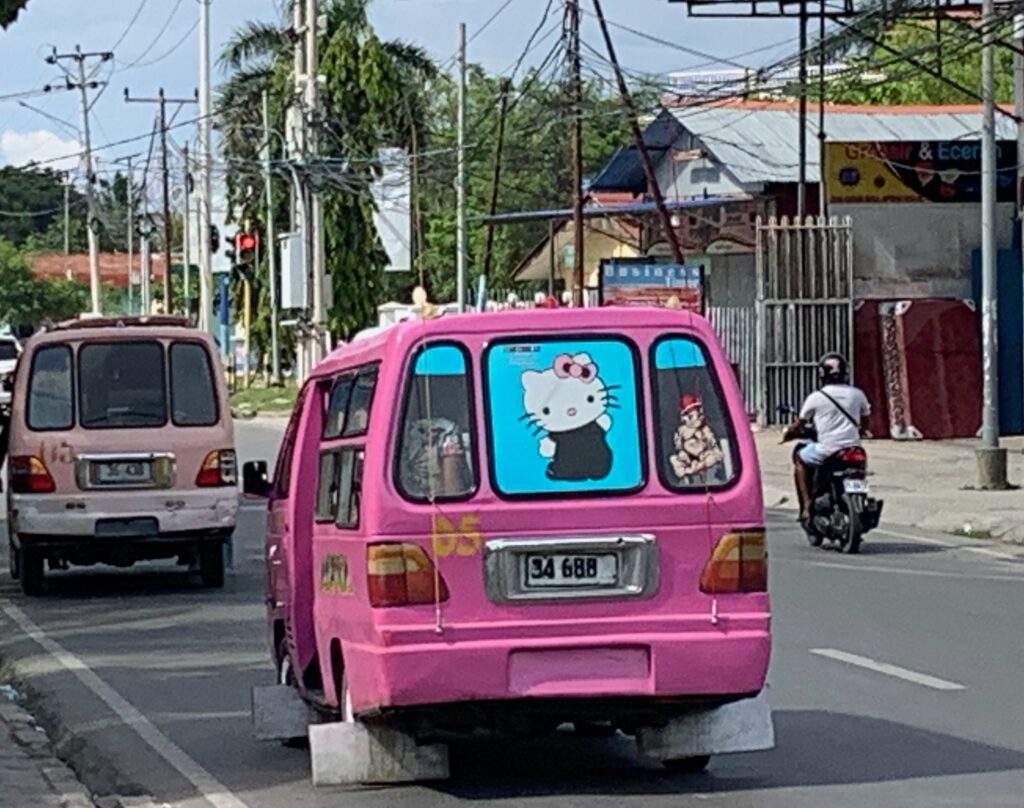
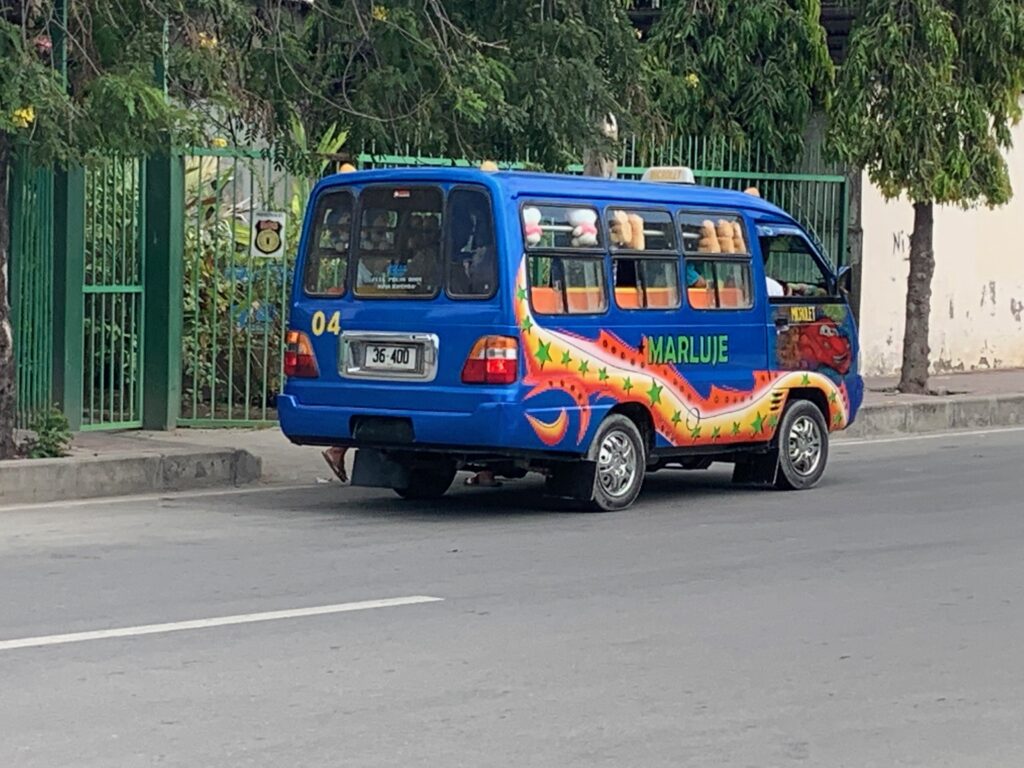
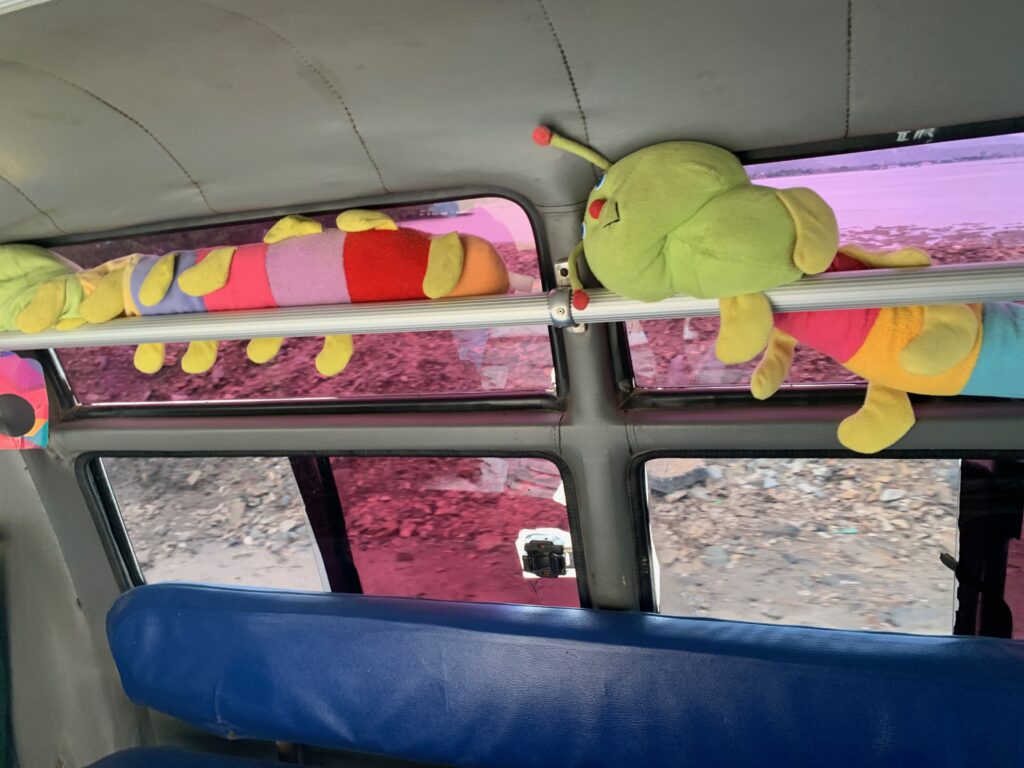
I also walked and walked around the city, especially along the beautiful waterfront.
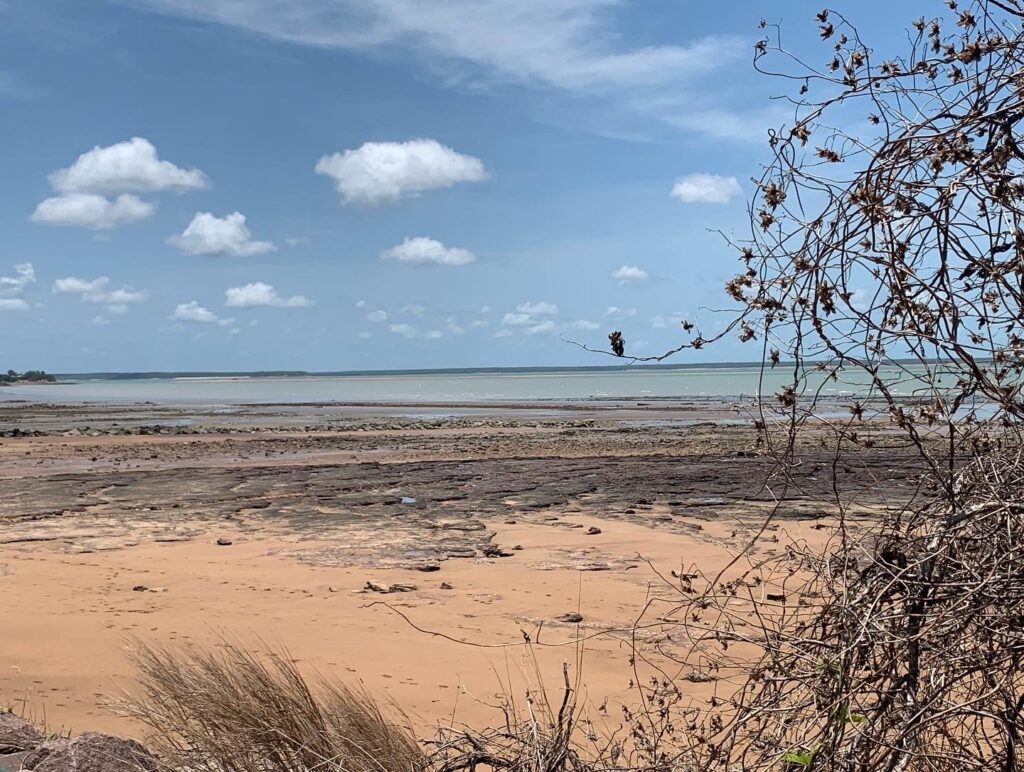
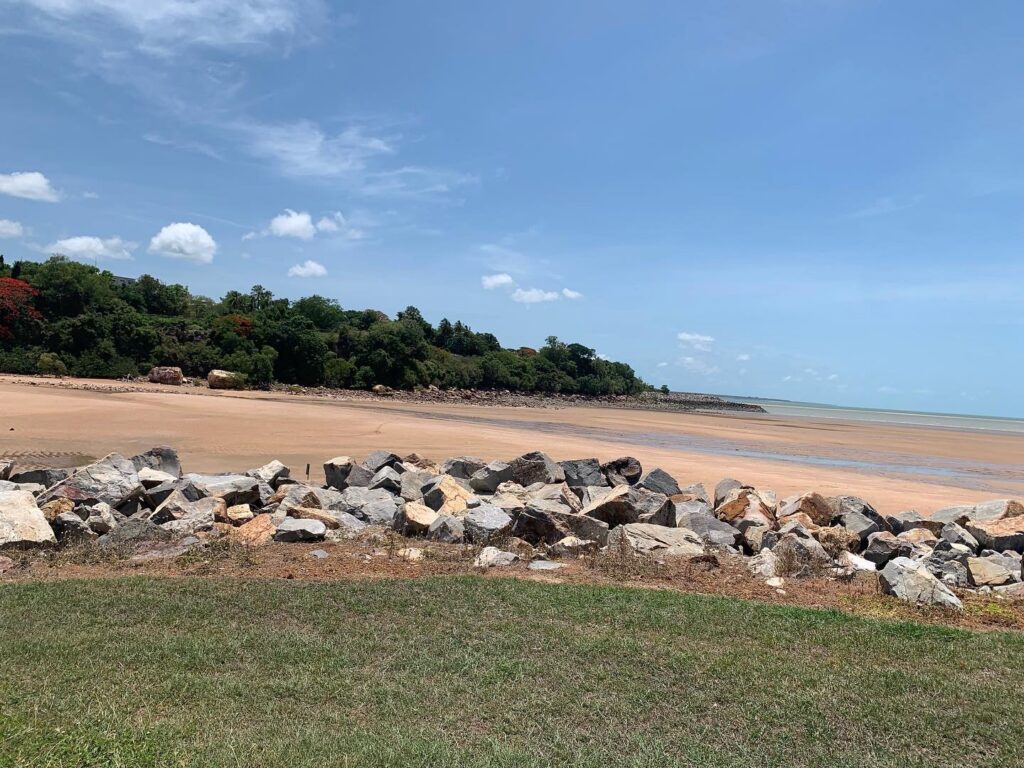
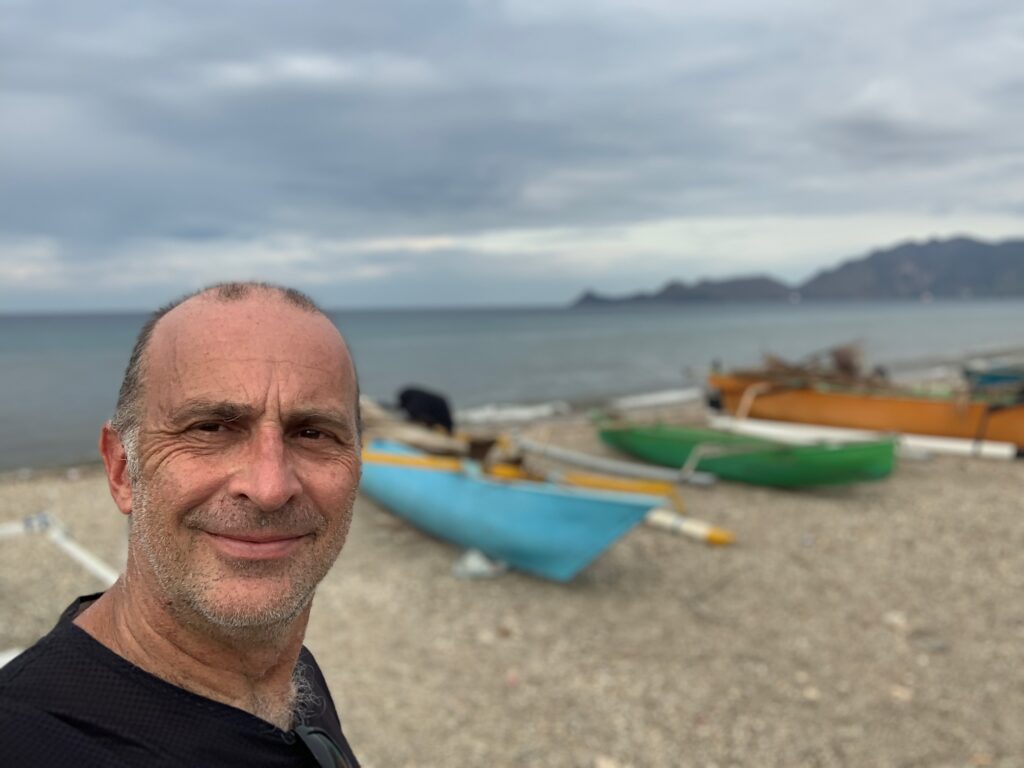
The city’s most controversial symbol is Cristo Rei, a statue of Jesus Christ on a hill overlooking the city. It is the most famous landmarks of Dili. Controversial because it was erected under orders by the Indonesians. The climb to the top is hard work but the panoramic view of the city and the surrounding mountains. The statue is surrounded by nature reserve with lovely hikes and birdwatching opportunities. Check out the lovely beach Praia de Cristo Rei below the statue. Also, the beaches of Areia Branca and Praia dos Coqueiros are lovely.
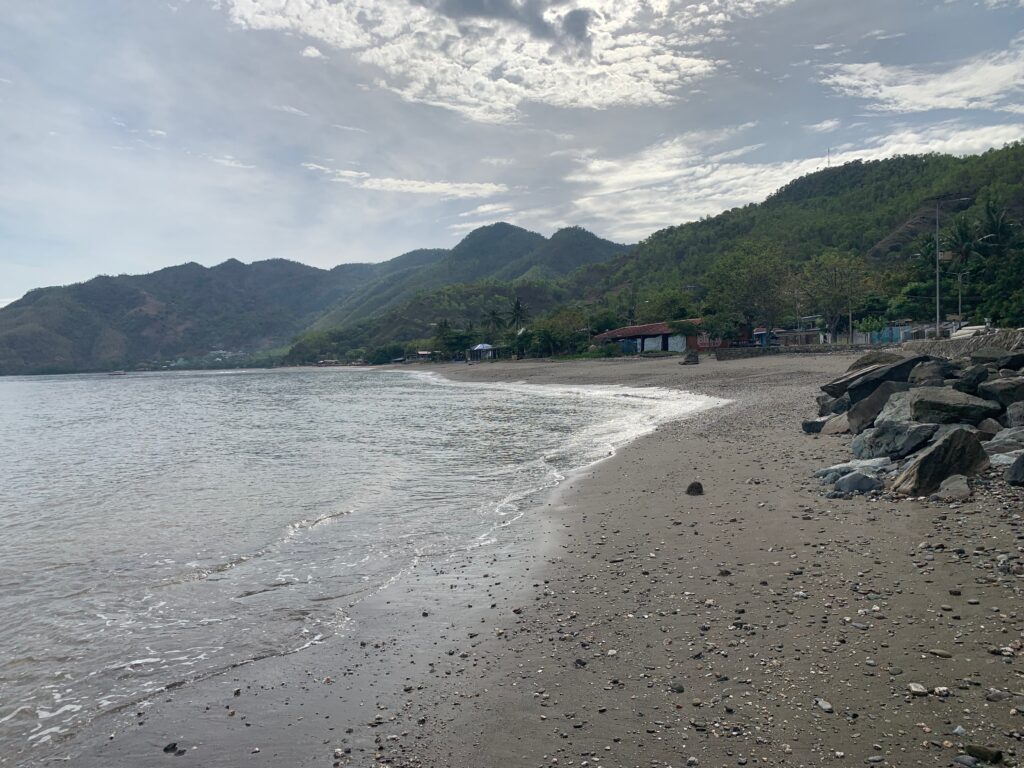
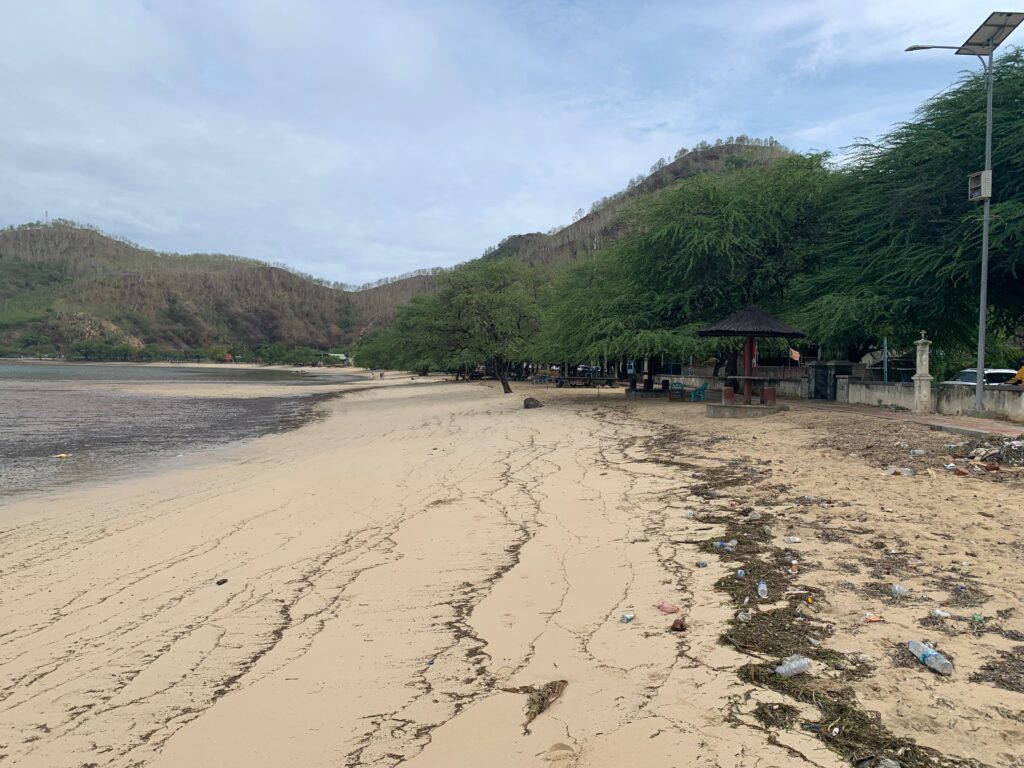
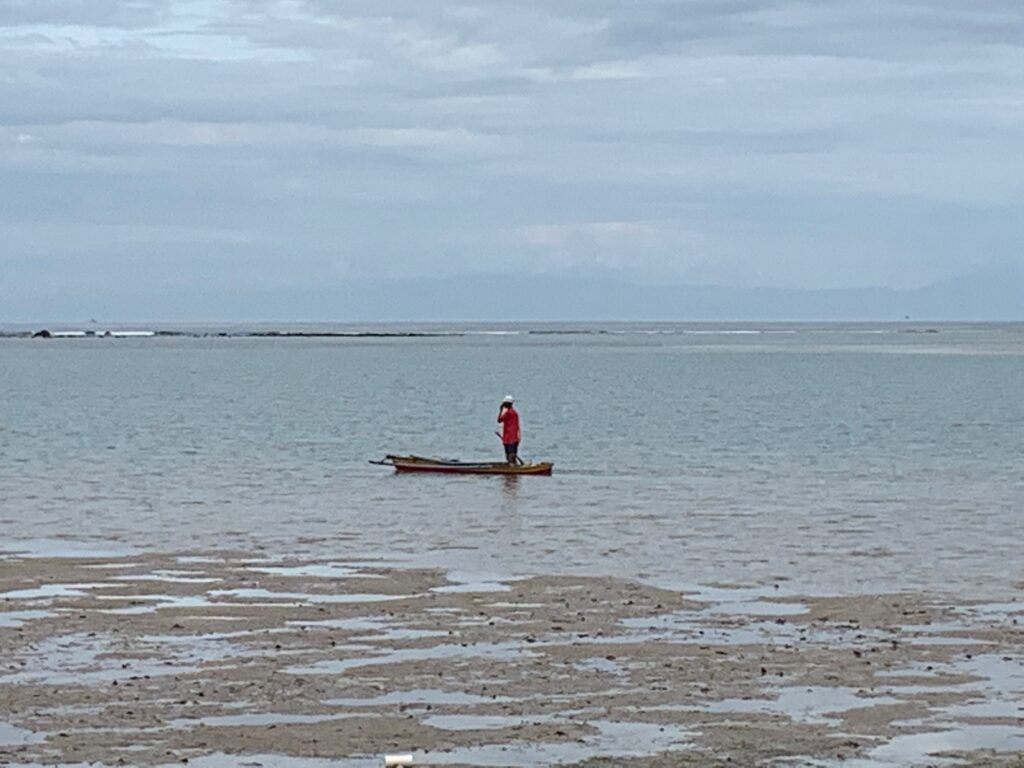
I was disheartened by the amount of rubbish on the coast around Dili. I recommend taking a bag as I often did, to collect plastic bottles for the trash (although I feared the hotel trash might end up in the ocean). There was quite a bit of rubbish scattered throughout the city. The city also lacks adequate water and sewerage system.
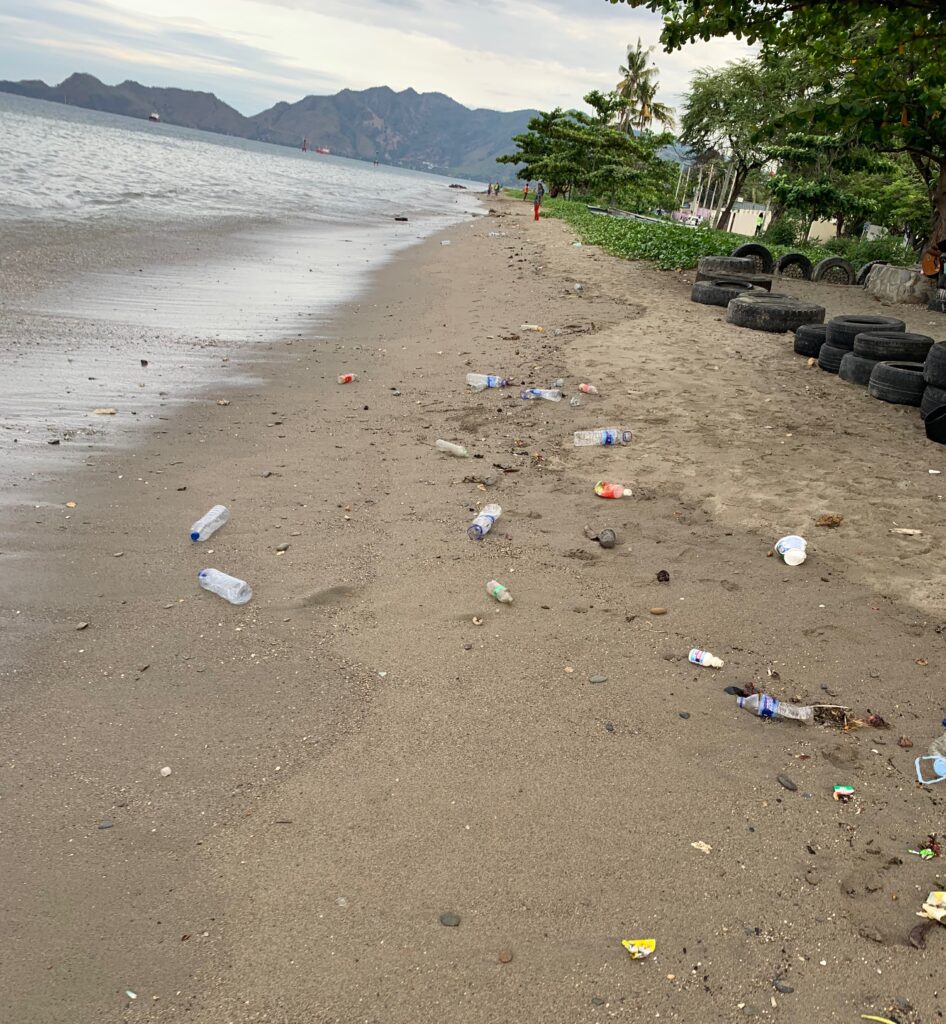
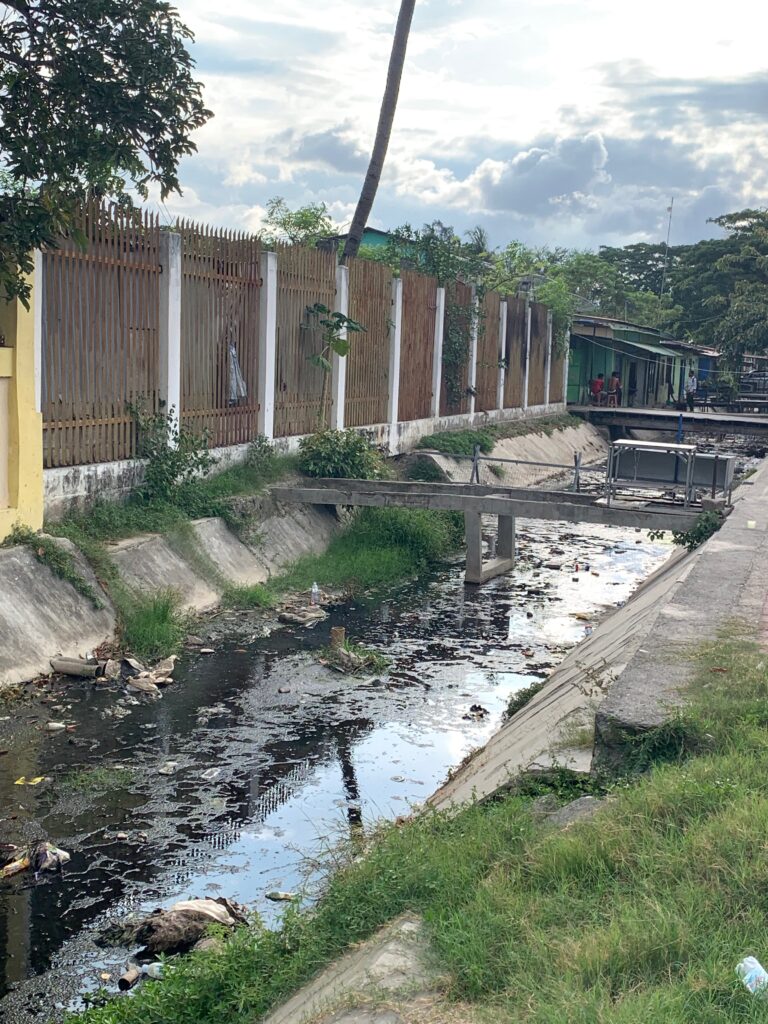
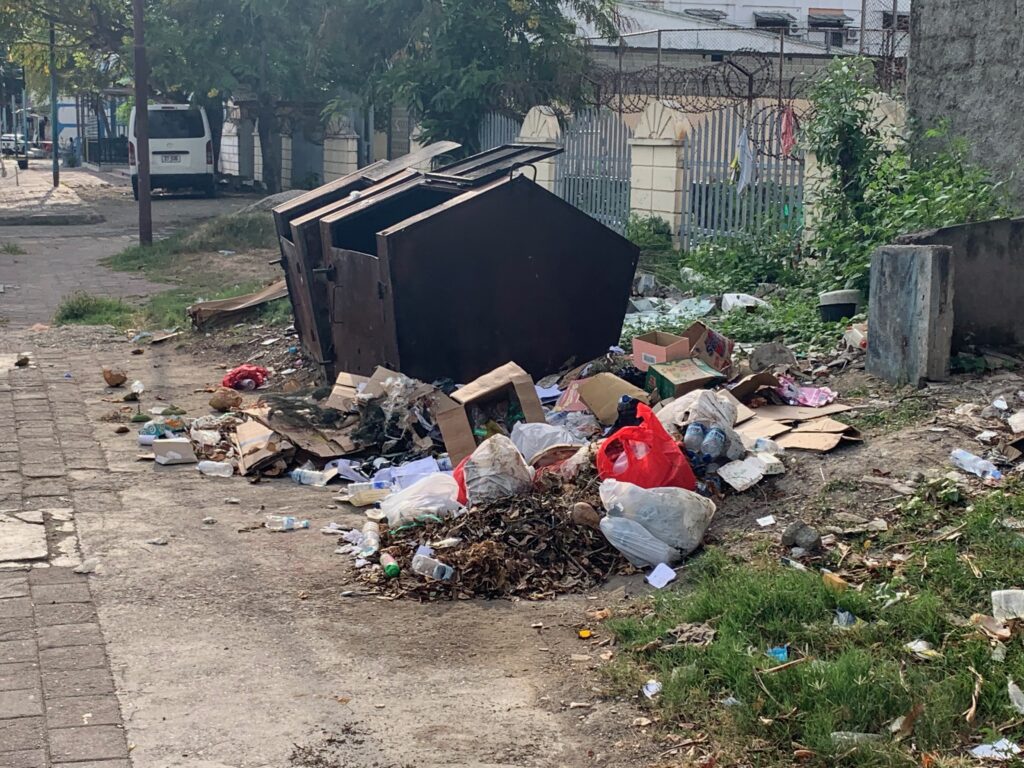
The Beachside Hotel (and its restaurant) at Aeria Branca beach was a fabulous find. A coffee and meal on the beach was a fabulous, relaxing experience. While I was there, they were doing Friday night movies by the beach!
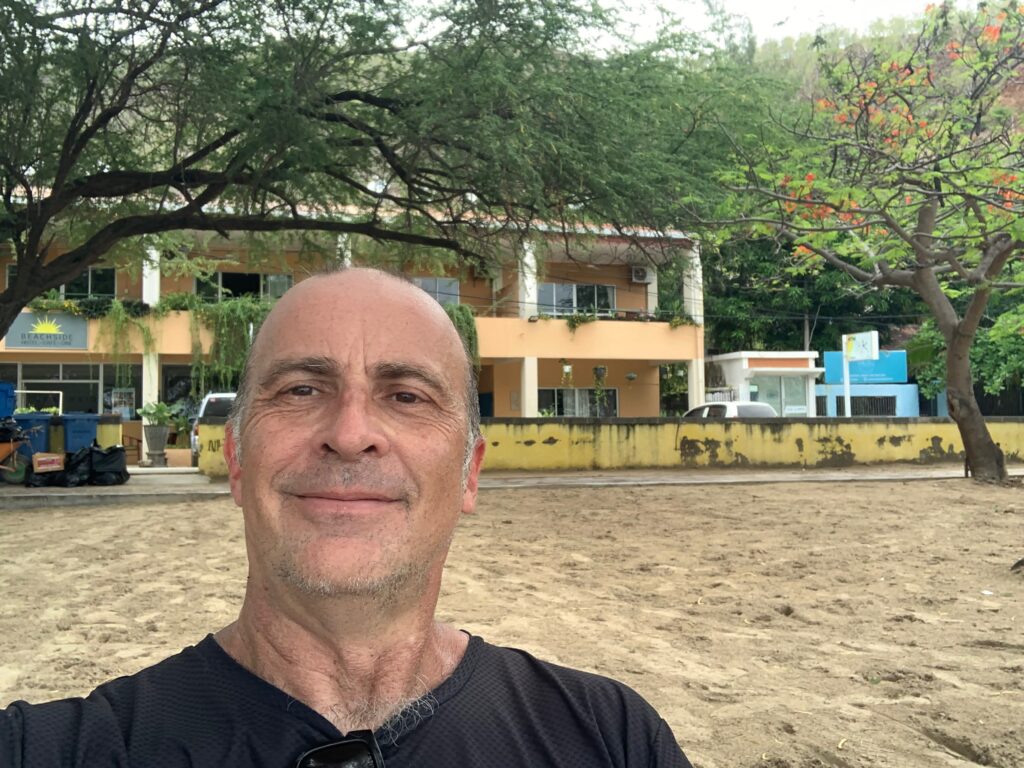
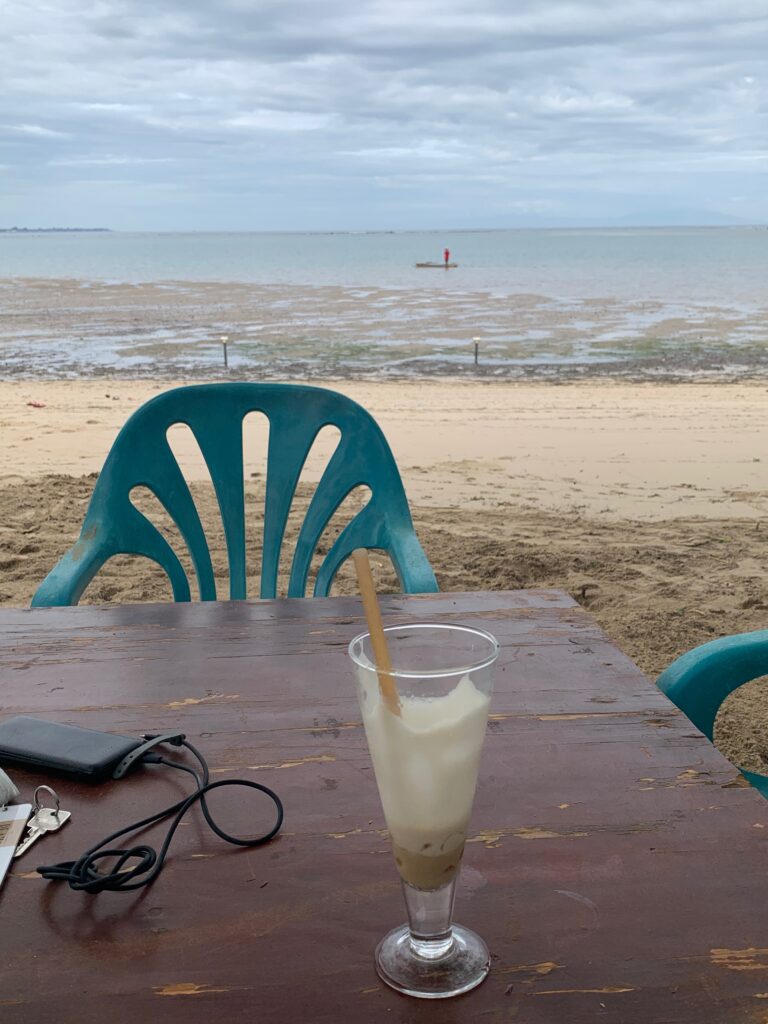
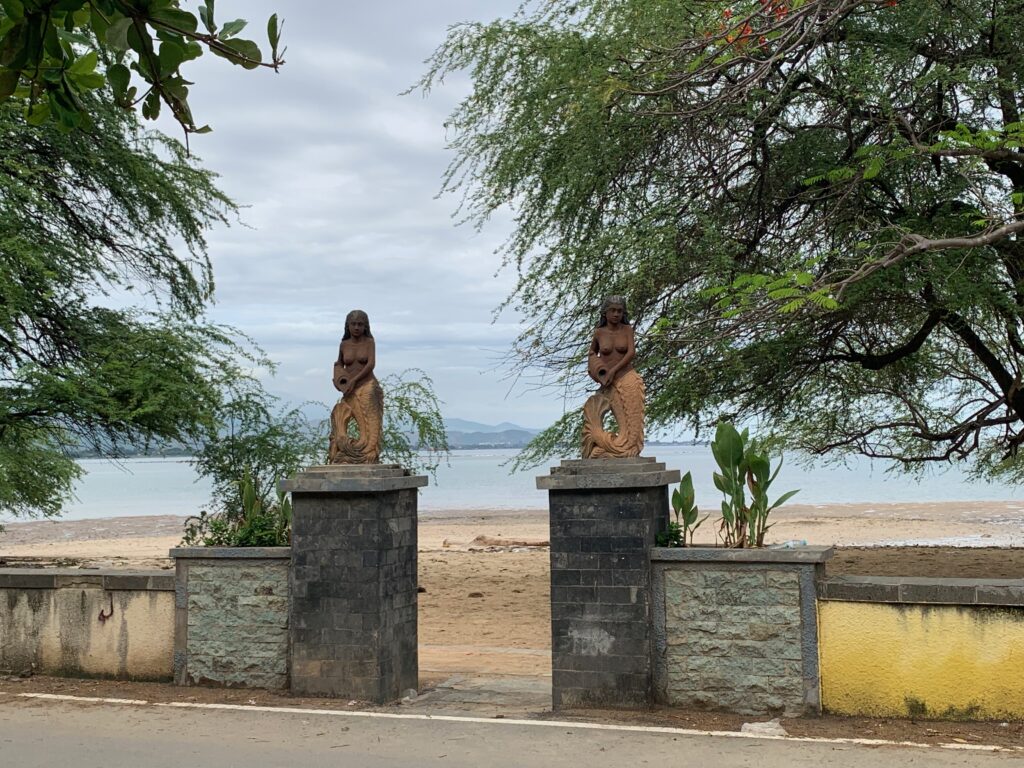
Fatucam located just outside Dili offers stunning views of the ocean and the coastline. You can dive at several spots around here. There are a huge number of fabulous diving companies that can organise a variety of packages. It is not often that you can see amazing fish and marine animals inside the boundaries of a national capital. Mount Ramelau, the highest peak in Timor-Leste gives some great hiking. The Tasitolu Wetlands, home to a variety of bird and plant species, is absolutely a must.
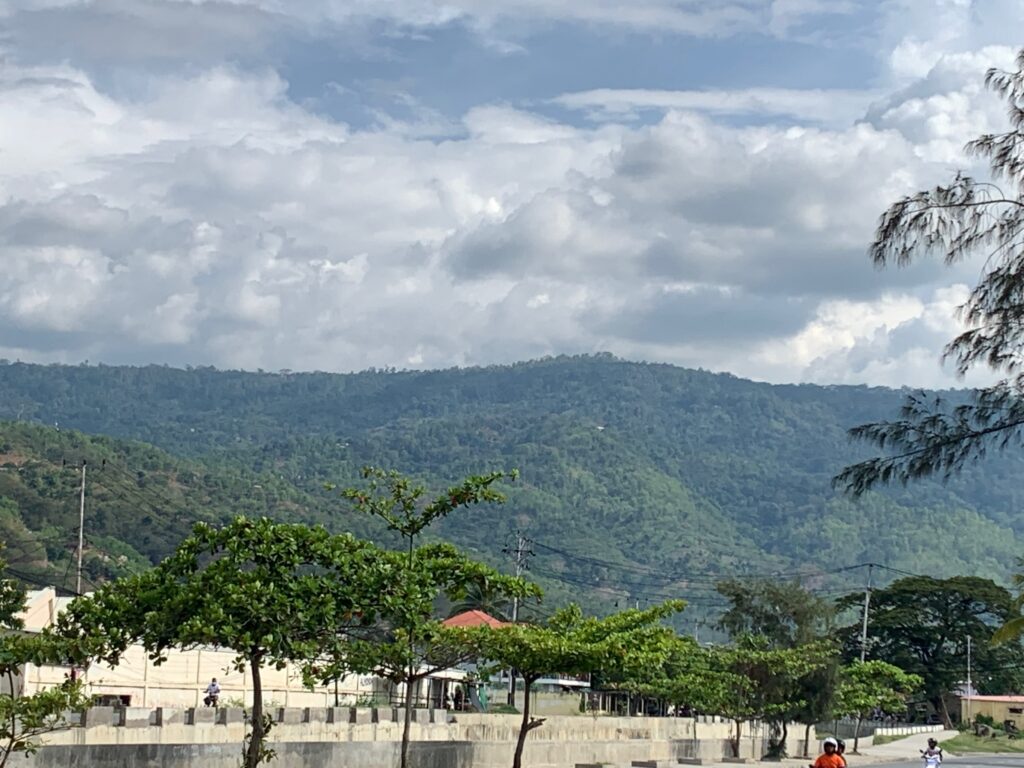
The Timor-Leste Resistance Archive and Museum is probably the most important place to go to understand the struggle for independence from Indonesia and the birth of the nation of Timor-Leste. Visitors can view exhibits and learn about the history of the country.
Tais Market was a lot of fun to check out local culture and buy sarongs, woven baskets and bags. There were several other small markets with very delicious local fruits to enjoy.
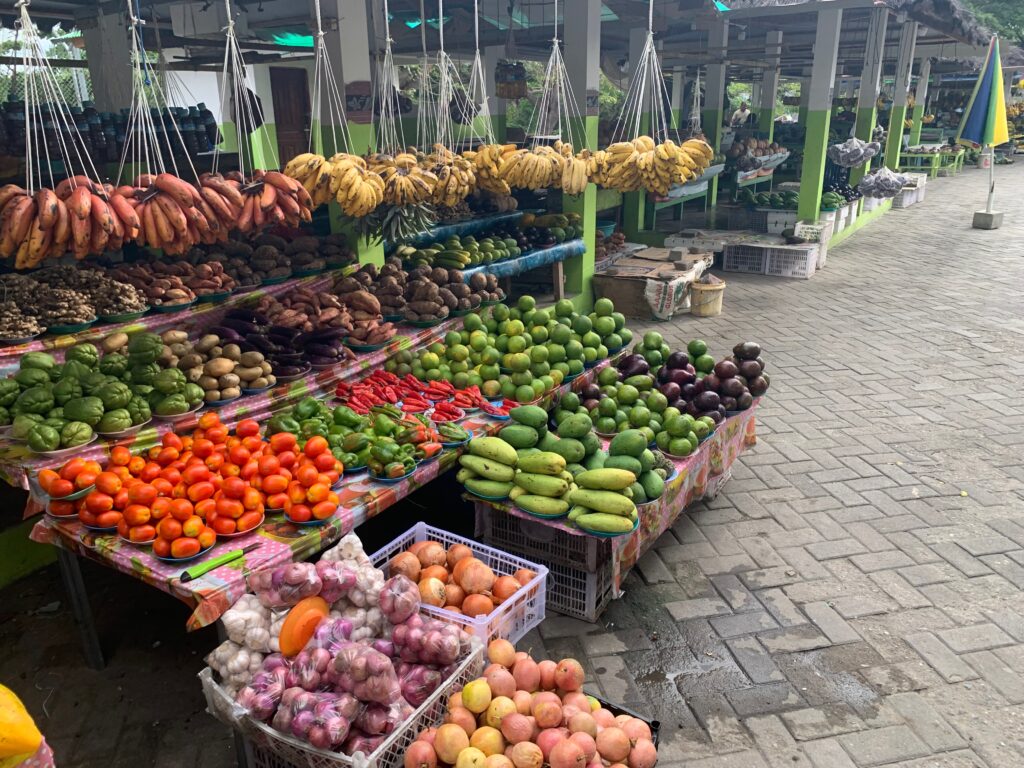
National Parliament Building, one of the most modern and beautiful buildings is an important symbol of Timor-Leste’s fragile democracy. Guided tours available and help build an understanding the country’s political history.
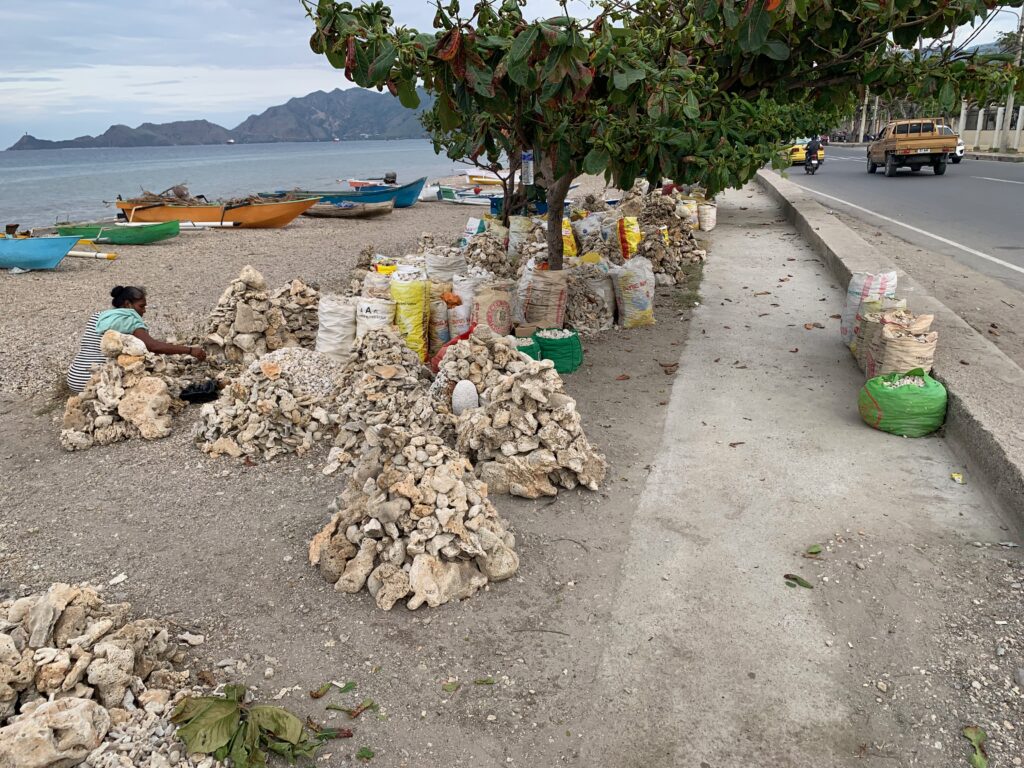
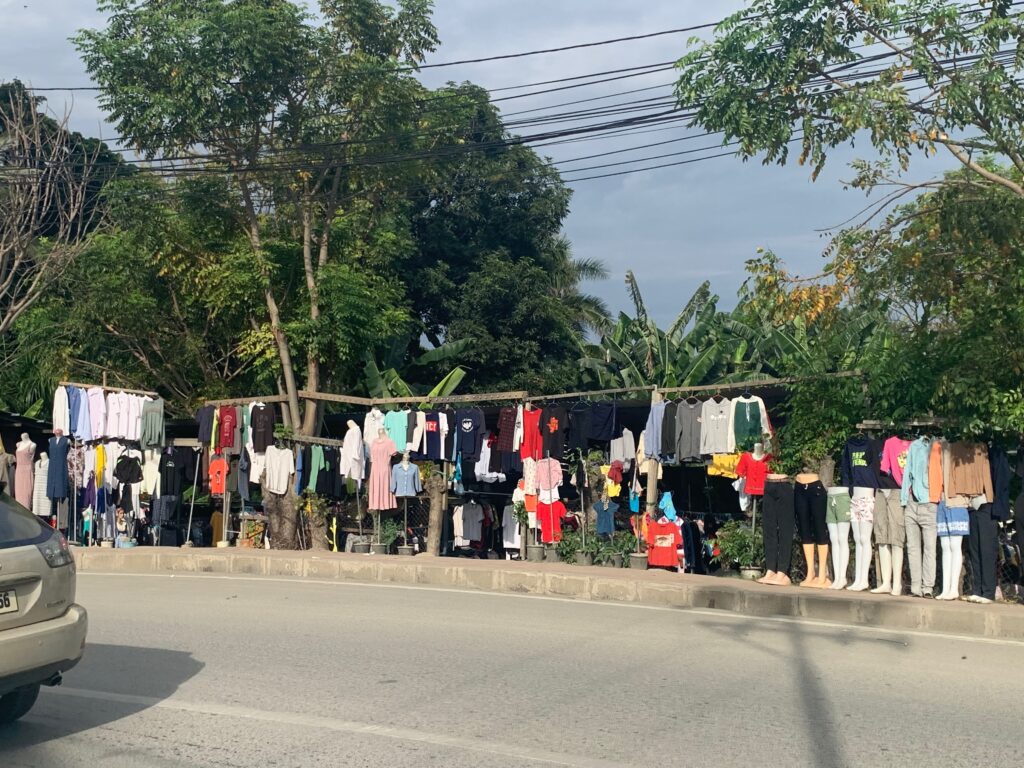
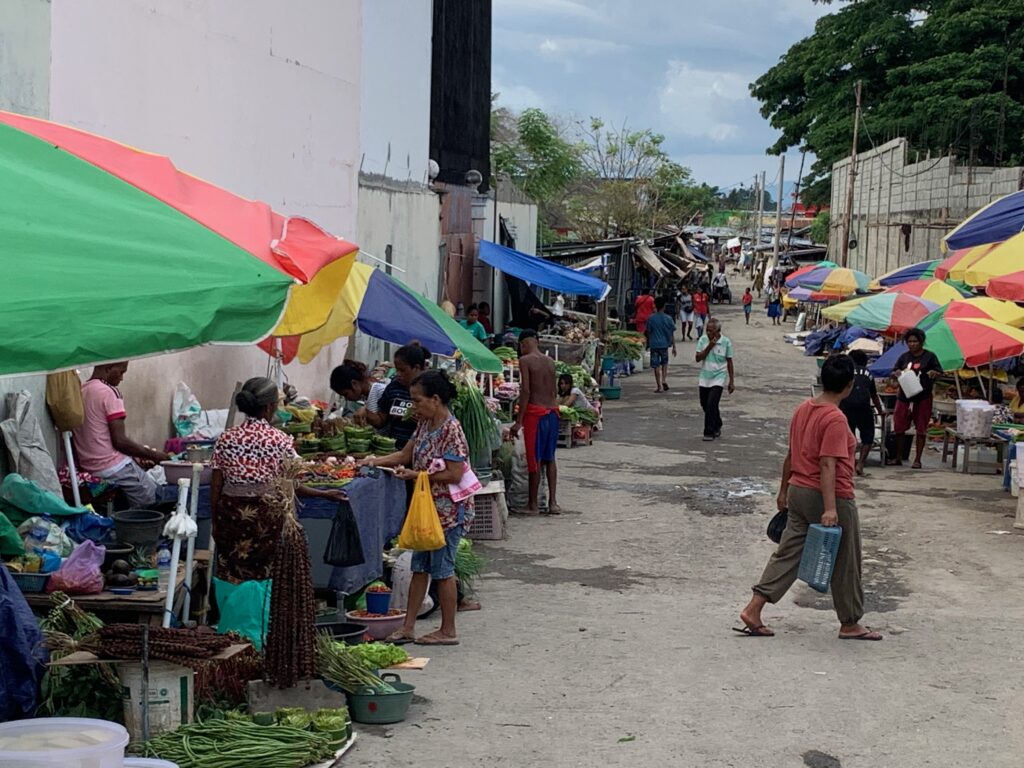
Dare Memorial Museum: This museum commemorates the Battle of Dare, which was a significant event in Timor-Leste’s independence struggle. Visitors can see exhibits, photos, and artifacts from the battle. The cafe there is a delight.
Attracted by some insanely beautiful singing, I gatecrashed an outdoor mass at the St Anthony of Moatel, Dili. I wanted to visit this faith community as it has a significant place in the lead up to East Timor independence. I didn’t follow the homily/ sermon closely which seemed to mix Portuguese and Tetun (the national language) but I did hear the word “Jesus” a lot!
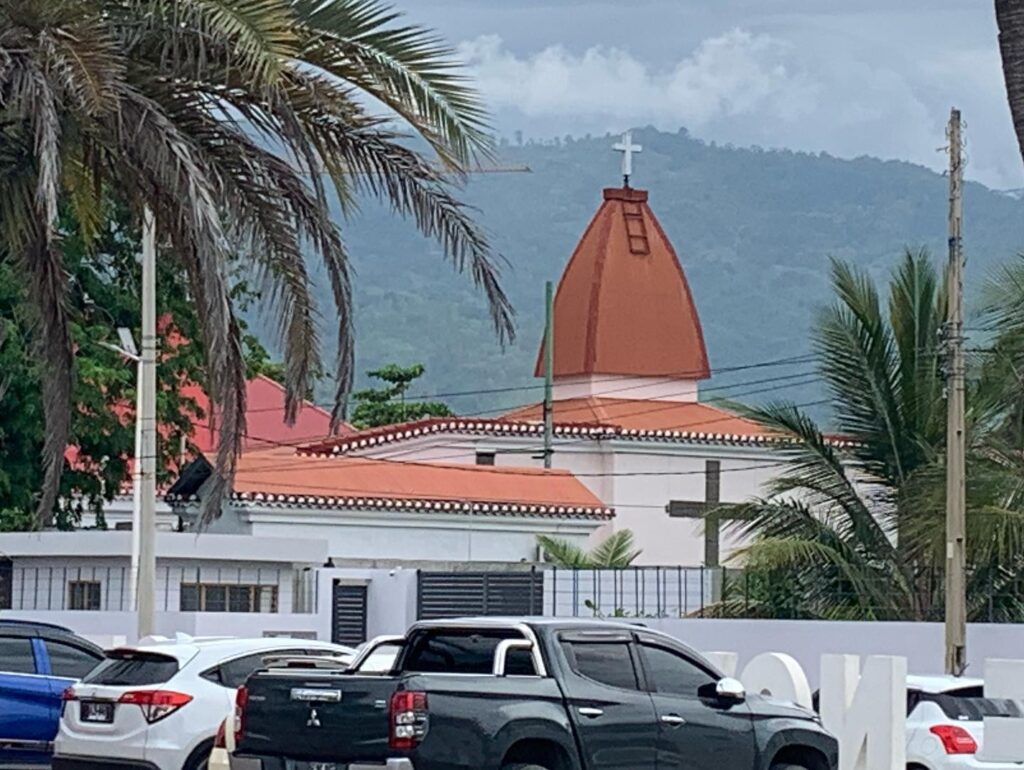
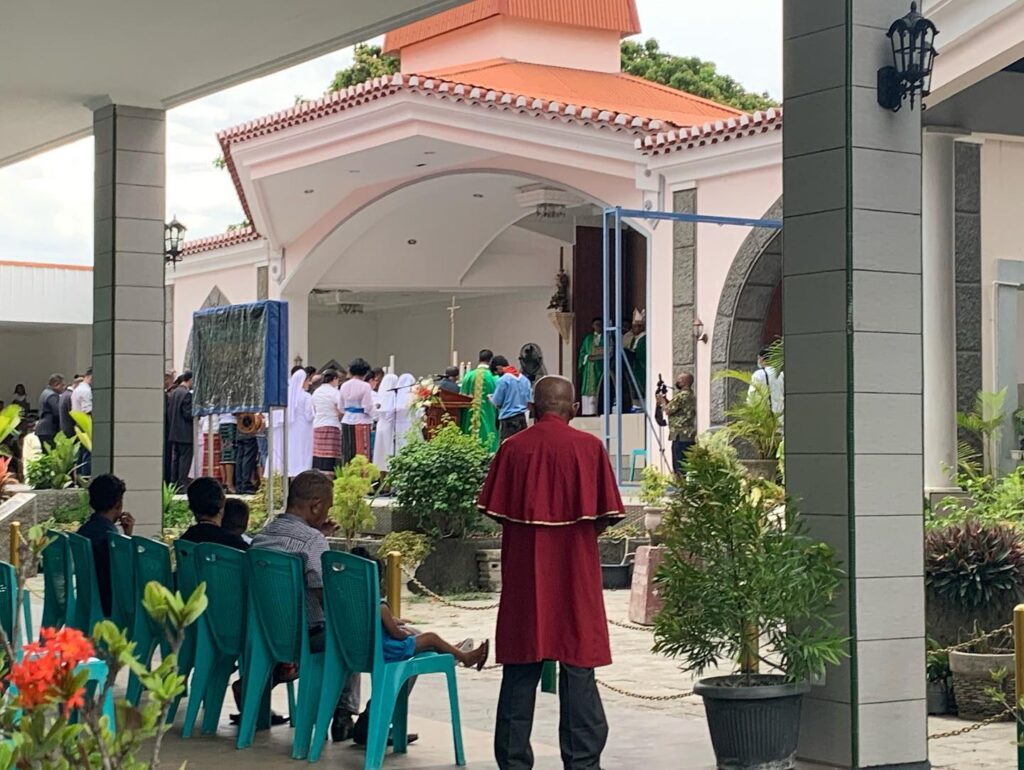
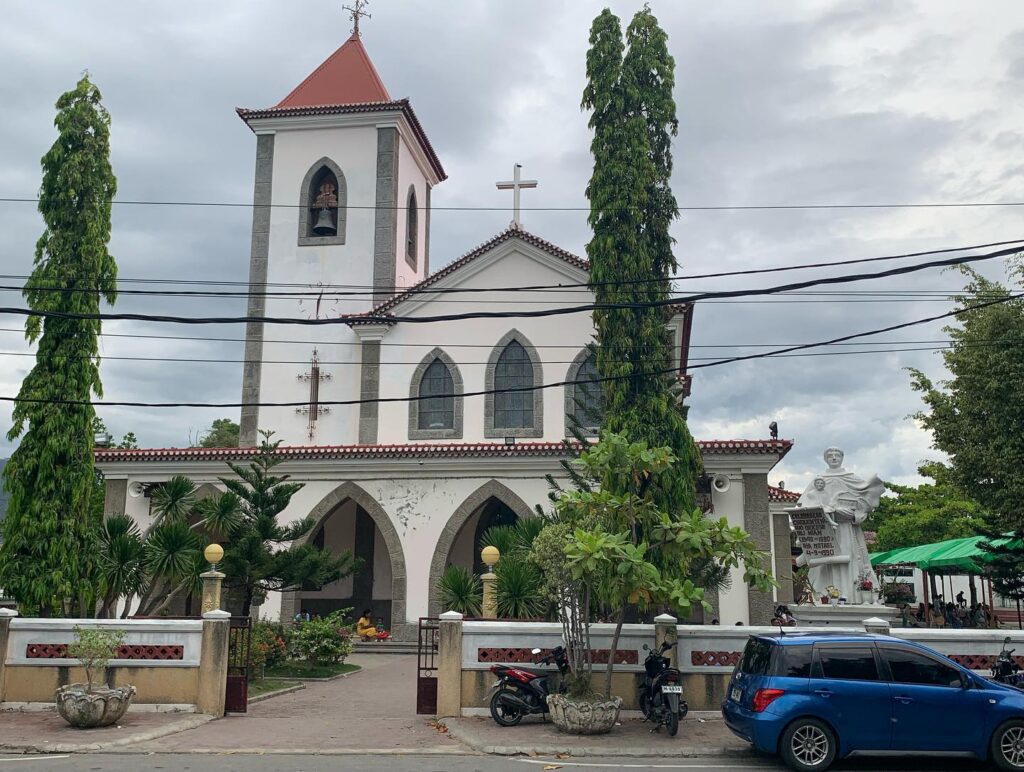
In Nov 1991, activists were painting banners in the grounds here for a protest designed to take place during the visit of the UN inspector on torture & a Portuguese parliamentary delegation. The Indonesian military arrived & attempted to detain the painters. Parish priest Rev de Sava opened the church building as a sanctuary. At 230am the plain-clothes security forces stormed the church shooting indiscriminately. An 18-year-old man/boy Sebastian Gomes took three bullets and bled to death. Two others were injured and 30 were arrested.
On Gomes’ funeral day on 13th November 1991, a memorial March (aka demonstration) was organised. About 2,000 East Timorese went from here to the Santa Cruz cemetery, two kilometres. At the cemetery, they were met by the Indonesian military who opened fire point-blank in the crowd with automatic weapons. The army then chased protestors, bayoneting them. Many fled into houses, where the military hunted & killed them. In the following days, others were arrested, tortured & killed. 271 people officially died in the Dili Massacre also known as the Santa Cruz Massacre. Another two to three hundred may have also died as many are still “missing” today.
BBC cameraman Max Stahl filmed the massacre and smuggled the footage out. The Indonesian government tried to deny it was behind the massacre but the evidence was too compelling. It was the start of the creation of Independence which occurred 8 years later.
The priest who sheltered the kids later became the Bishop of East Timor and called for peace, forgiveness & reconciliation. May God have mercy on the innocents of the world. May the bullies & tyrants of the world face consequences.
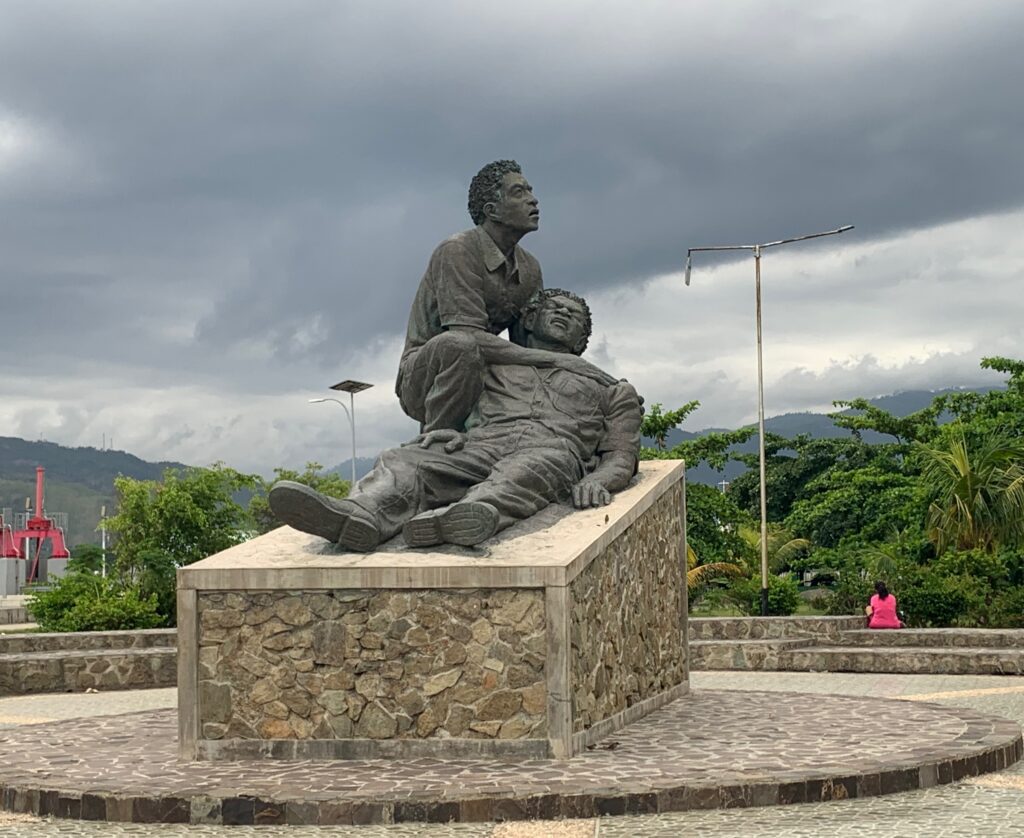
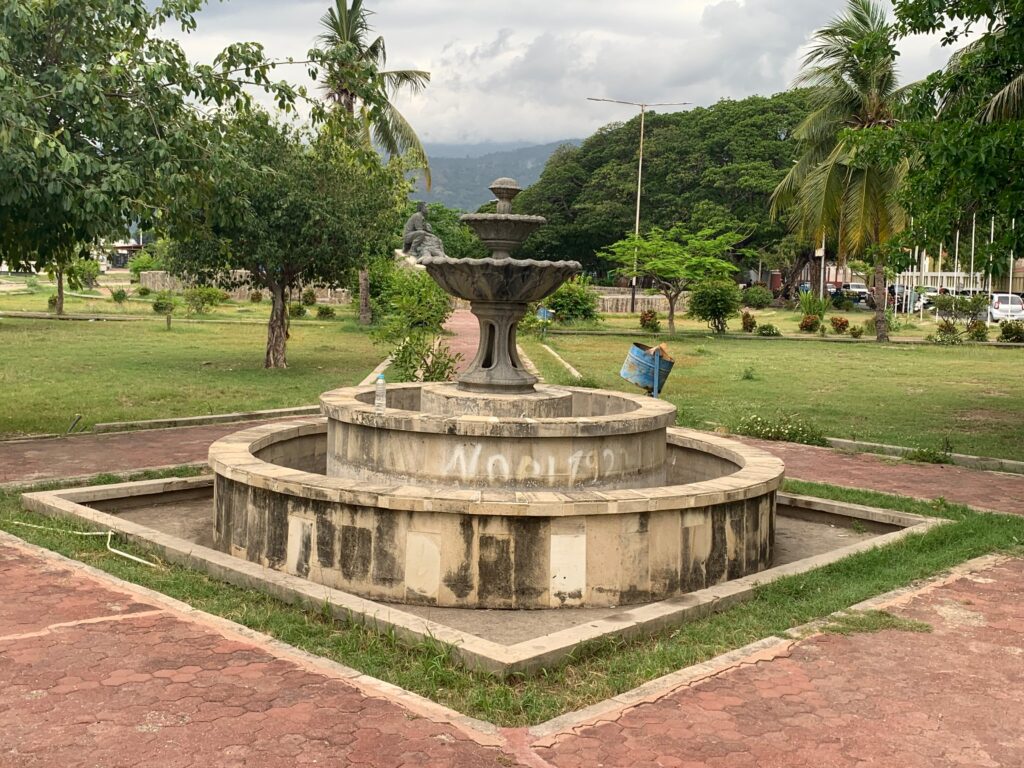
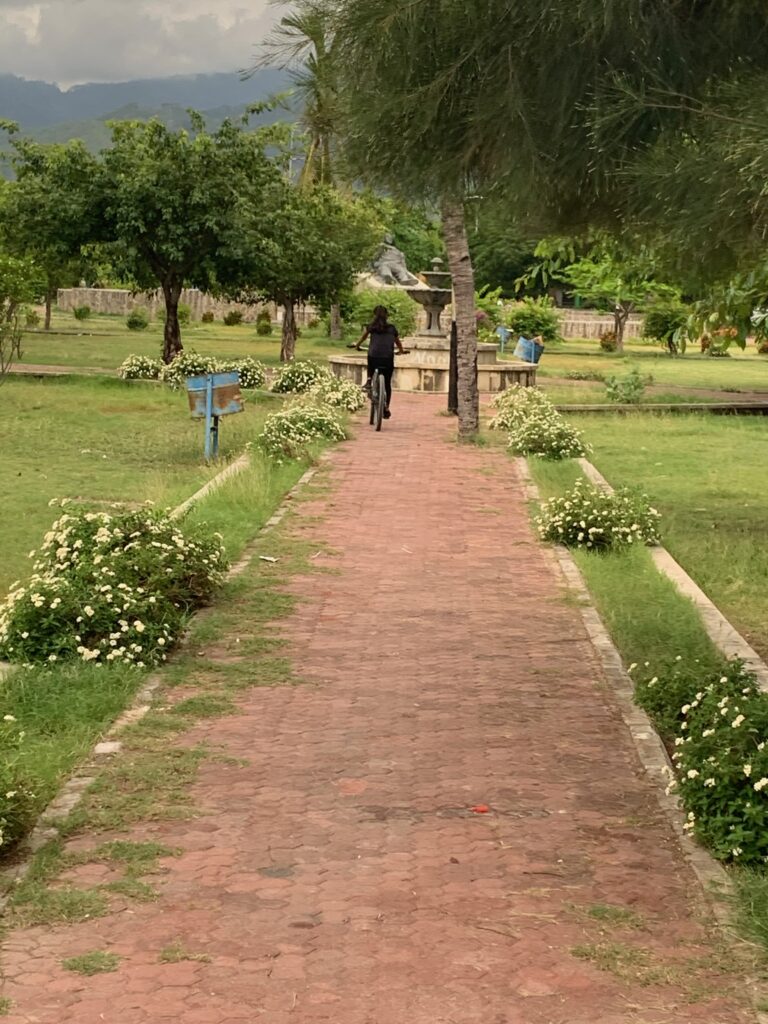
Back to today, Timor-Leste’s cuisine is a blend of Southeast Asian, Portuguese, and indigenous influences, and I enjoyed grilled fish, batar da’an (corn soup), and a pork stew called Tukir. I found some fabulous cafes with local coffee and stunning views.
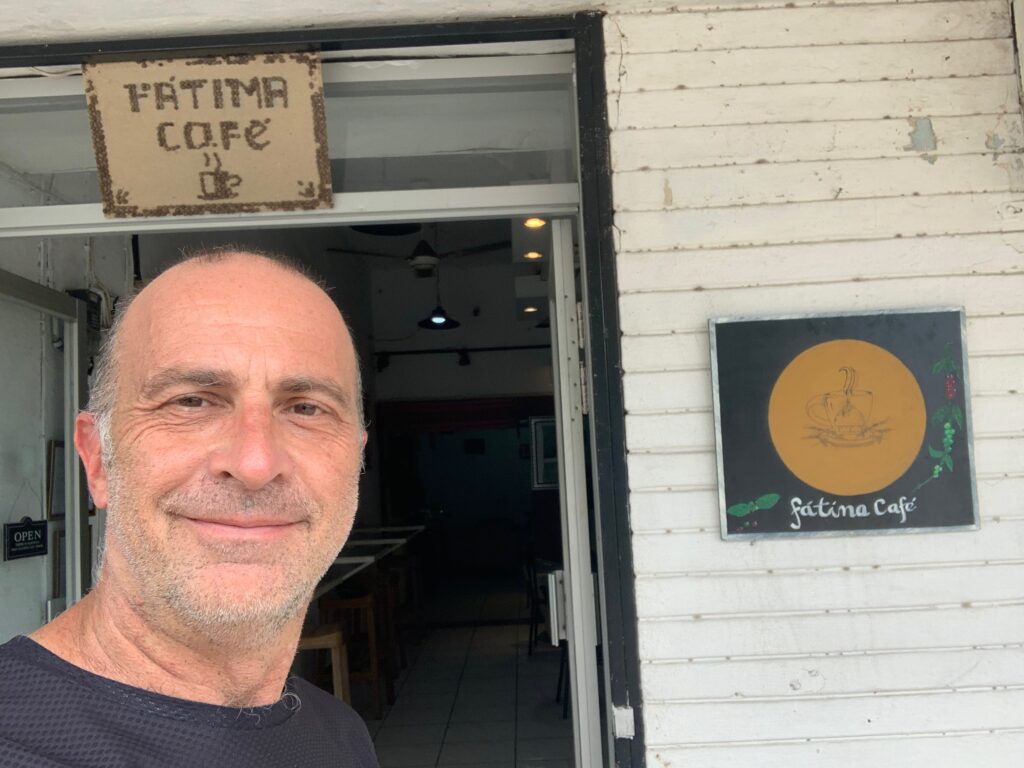
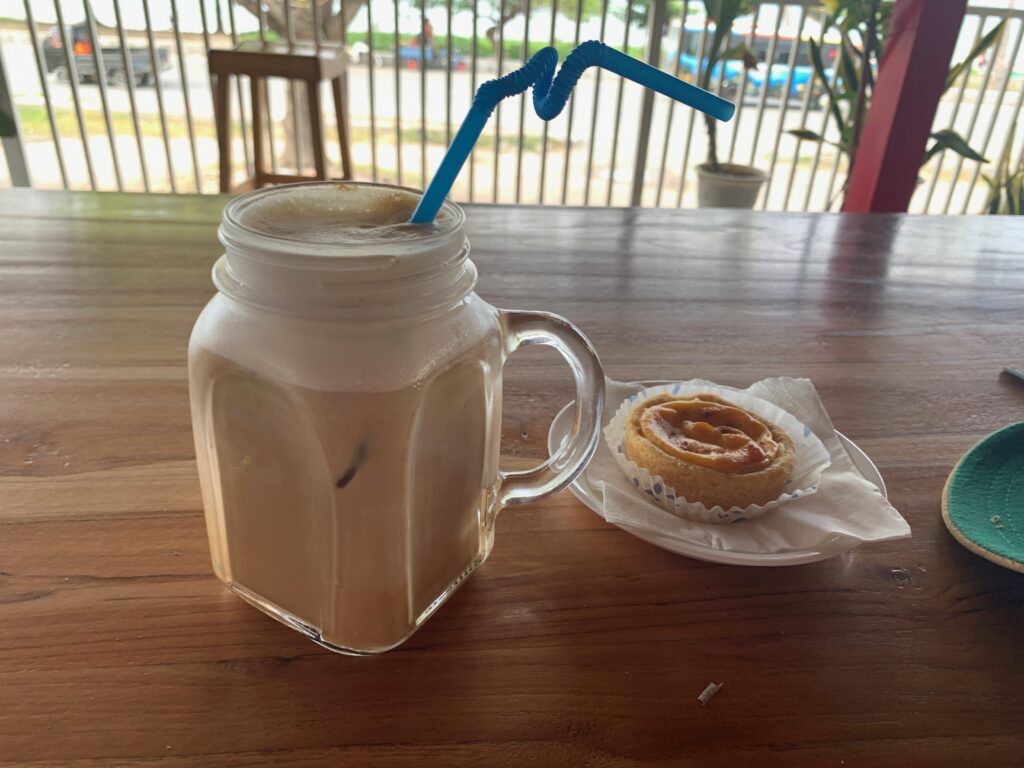
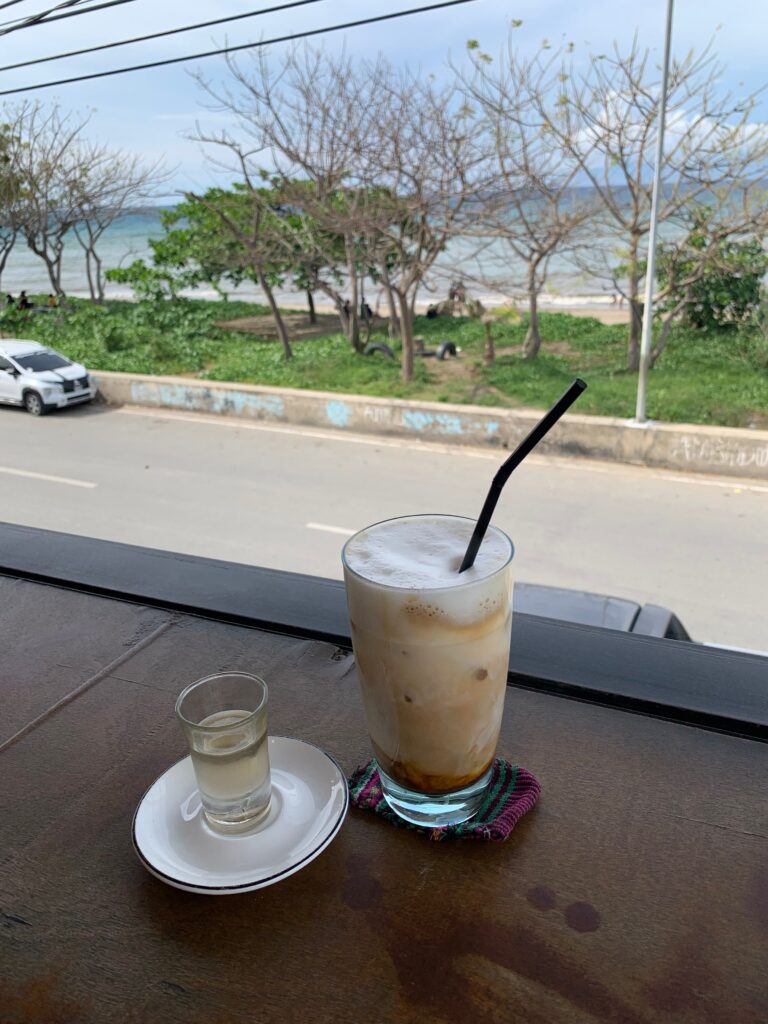
Coffee arrived with the Portuguese. Many farms were destroyed when they left in the early 1970s. Many farms were abandoned between 1975 & 2000 but today coffee accounts for a whopping 80pc of the nation’s exports & 25 percent of the population rely on the coffee industry for their income. Global fluctuations in coffee prices and the USD create major problems, therefore. It is believed that East Timor with changes to planting, harvesting methods, technology, and transport could produce 100 times more coffee than it does. East Timor coffee has a medium to full body with an “expansive taste” and a vibrant low toned acidity. Alf Kramer a coffee expert described Timor’s coffee as “among the top 1% in quality and price worldwide. My Barista at Fatima Coffee, told me that he believes espressos, hot cappuccinos & iced lattes are the best uses of their coffee.
There are also great Chinese/Portuguese bakeries. Supermarkets stocking local and imported food and goods are scattered around the city. Prices on imported goods were quite high and quality middling (for example, all of the chocolate in one supermarket had discoloured in the heat in transit).
There are also several restaurants serving Italian, Chinese, and Australian style food.
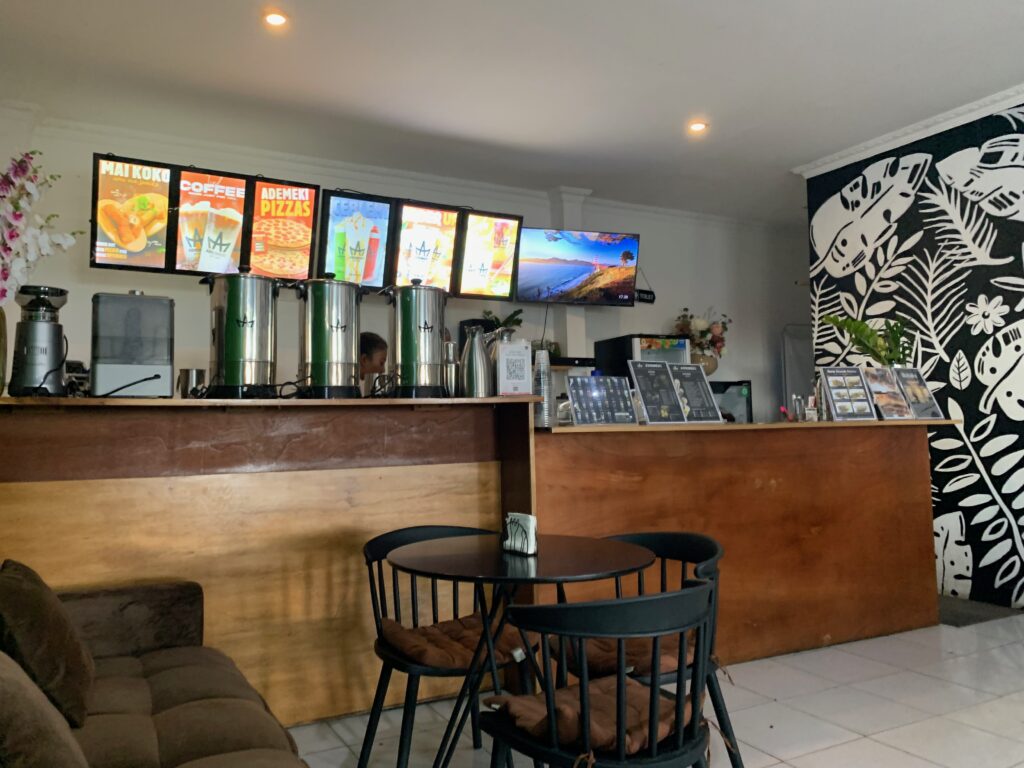
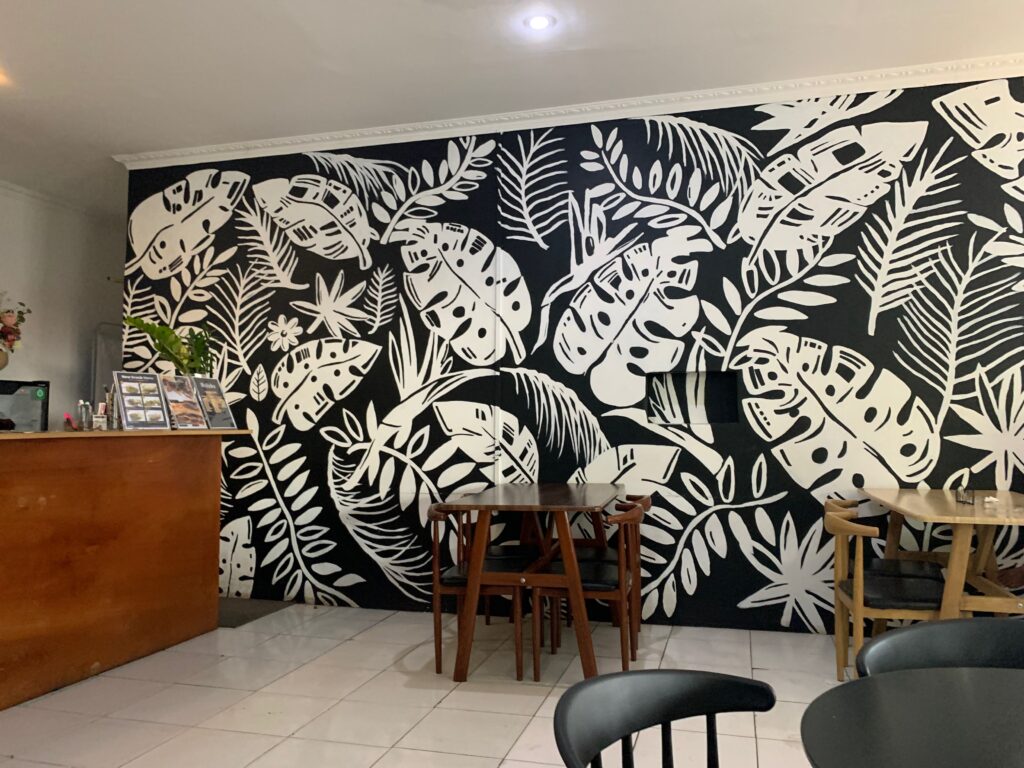
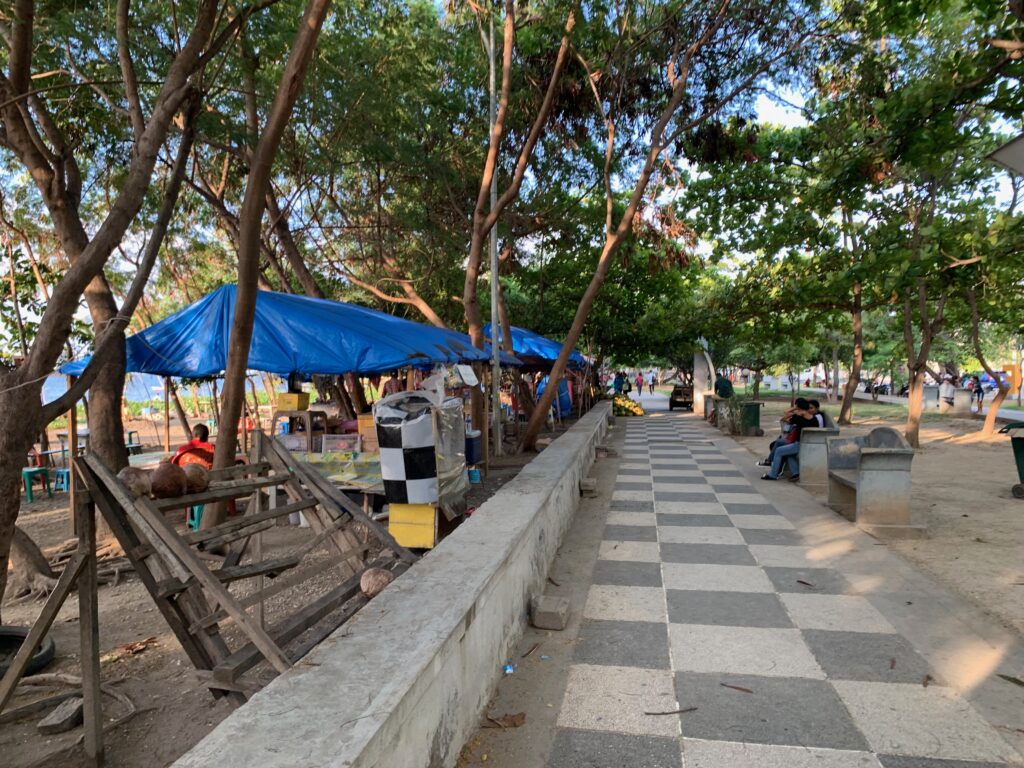
For some reason, no one in East Timor accepts Mastercard. Make sure you have a VISA card with you. ATMS worked well, and I withdrew cash fee-free from my Wise account. US dollars are the currency de jour. Change is returned in local coins. Take lots of one and five dollar notes. Some places accepted Australian dollars under the same arrangement.
I felt very safe during the day. At night, streets were busy enough that I didn’t feel anxious. (Sunsets were stunning and the glimpses of tropical storms amazing).
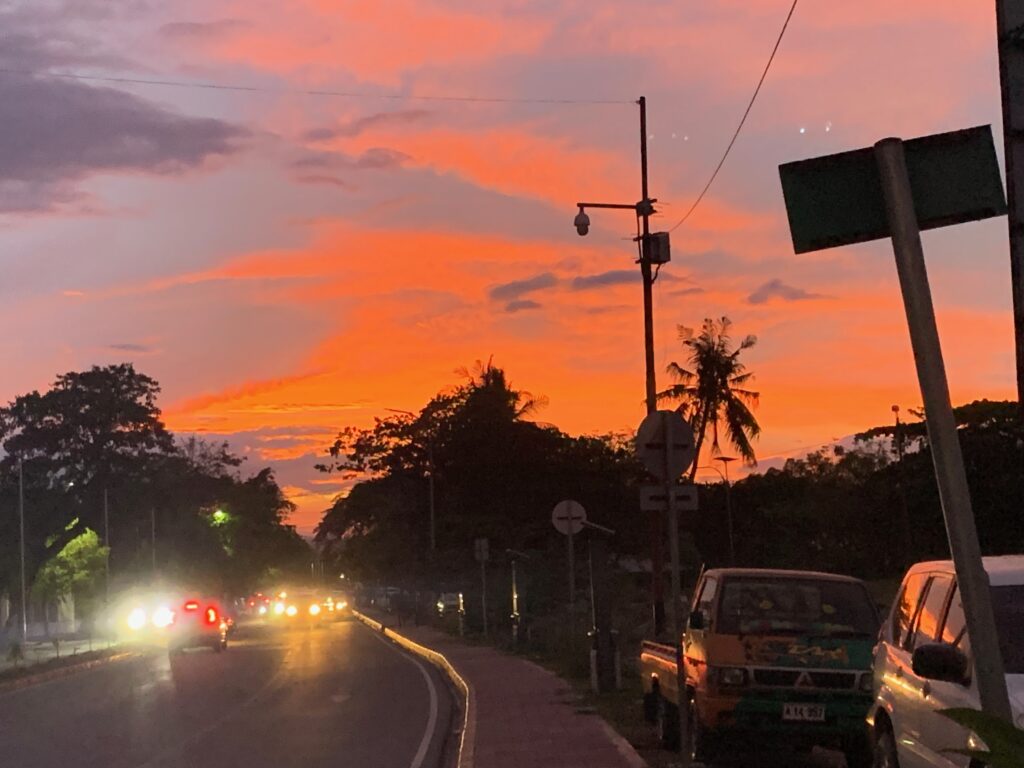
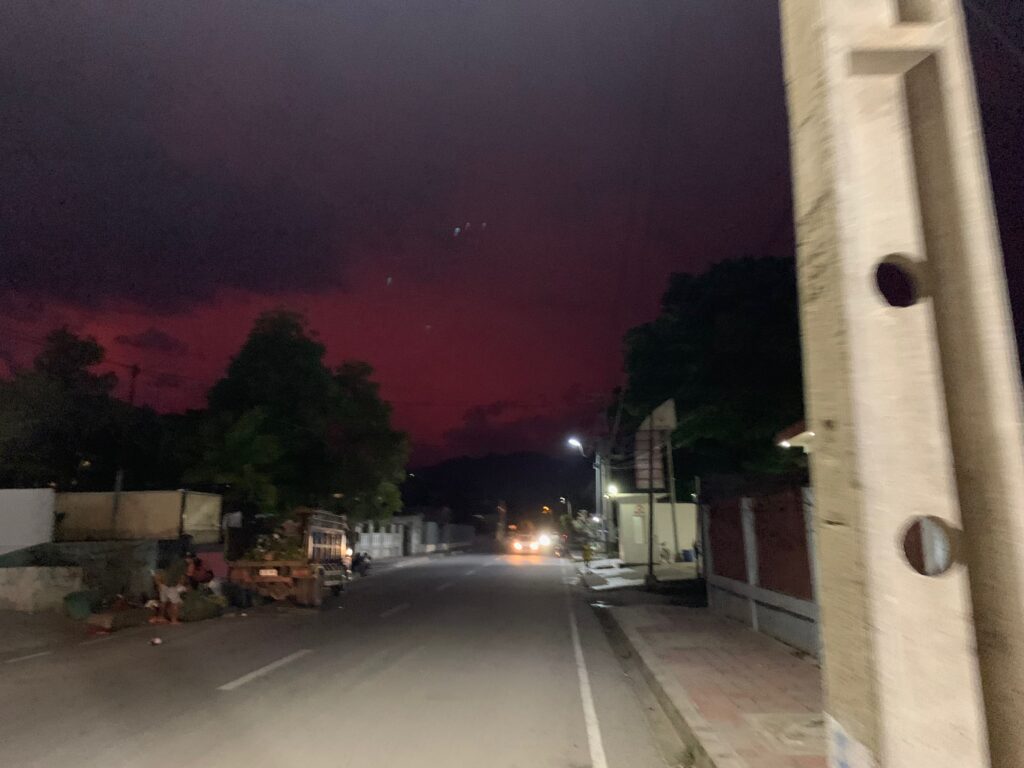
Dili is a growing city with a population of around 234,000 people. It is the political, cultural, and economic centre of East Timor, and it plays an important role in the region as a whole. Despite its tumultuous history, Dili is a city that is full of life and optimism, and it continues to develop and grow as East Timor looks to the future. Overall, Dili has a lot to offer tourists who are looking for a very unique travel experience. Whether you’re interested in a laid back lifestyle, beaches, culture, amazing snorkelling and diving, beautiful dramatic natural vistas, or local festivals (eg Carnival of Baucau in August), this welcoming city is a good option.
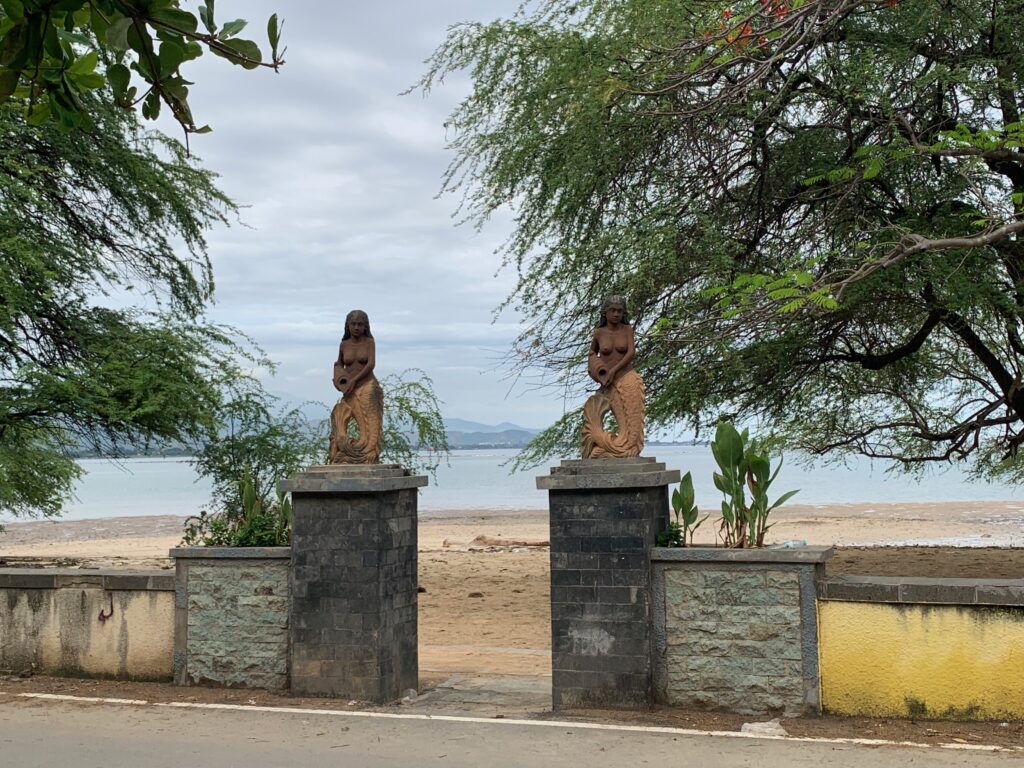
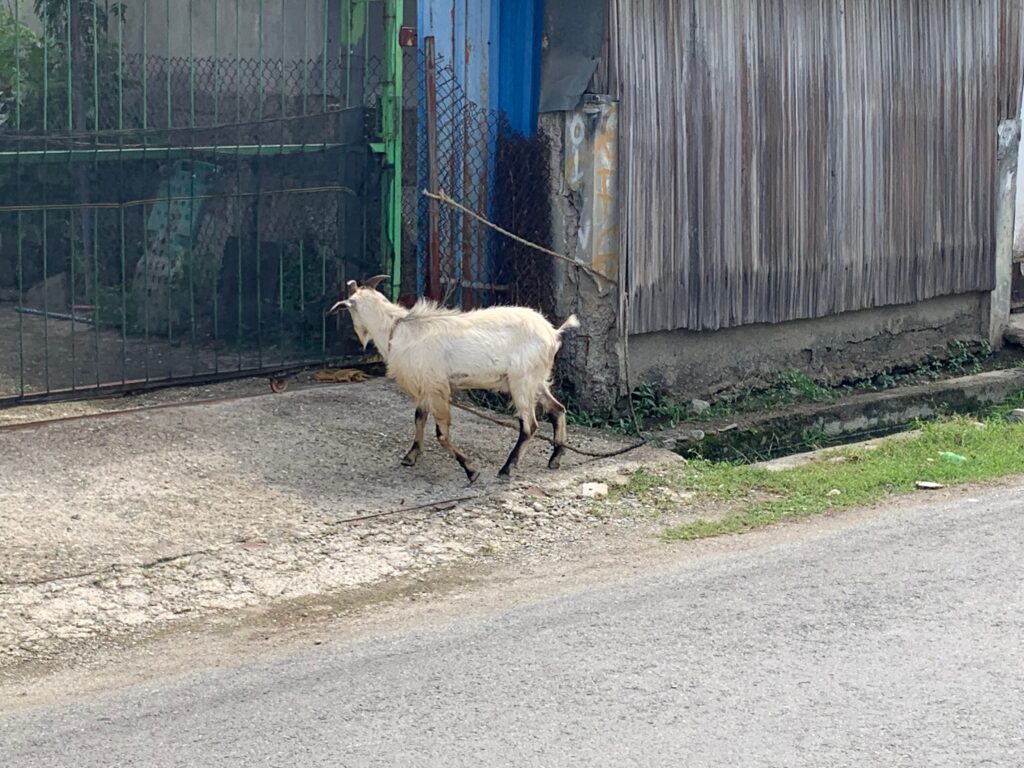
If you want to set up a wise account, please use my access code: please use this link: https://wise.com/invite/u/martinc5 You will get a free transfer and I get a small amount of cash! Thanks.



Hi Martin – Loved reading this. Brought back memories of being there in 2003 (20 years ago!!). Life was much more primitive and precarious than you found a year ago, and became the stimulus for me to take up post-grad study in Development Studies. I had read ‘The Redundancy of Courage’ by Timothy Mo (thinly veiled fiction of Indonesian invasion and Timorese resistance, and you can’t resist a book with a title like that), and seen the movie ‘Punitive Damage’ (re Dili Massacre). I had to visit. Learned more about the history, admired Henry the Navigator monument, walked to Cristo Rei, climbed Mt Ramelau, went over to Auturo Island, visited the markets, saw the ruins of Suai cathedral, where the Balibo Five met their fate, and the beginnings of the coffee industry – and met with the people who were establishing the new government. I found lots of reservations in what the UN peace-keepers were doing, so I am pleased to read from your account how things have moved on.
You did not mention that the native language is Austronesian and Papuan. No mention if english is understood there or what the average costs are of say a hotel stay, cup of coffee or beer or an average cost of an evening meal. Theses things are good to know if one ever is planning ever to go there.
Noted -thanks.
Why is important if English is understood or not? Why do we assume that the world has to be Anglo centric? No I didn’t list the languages of Timor Leste nor did I mention many other things. You can easily google “what are the languages of East Timor”